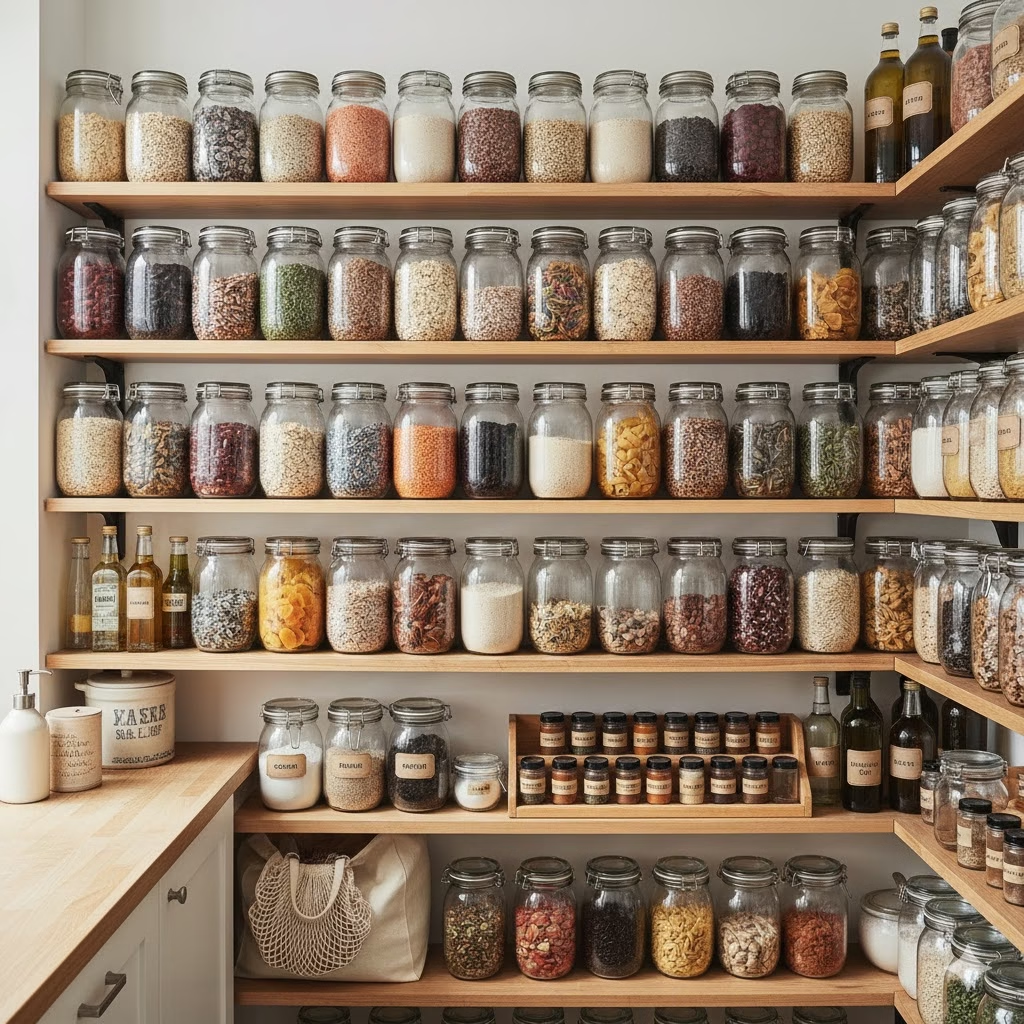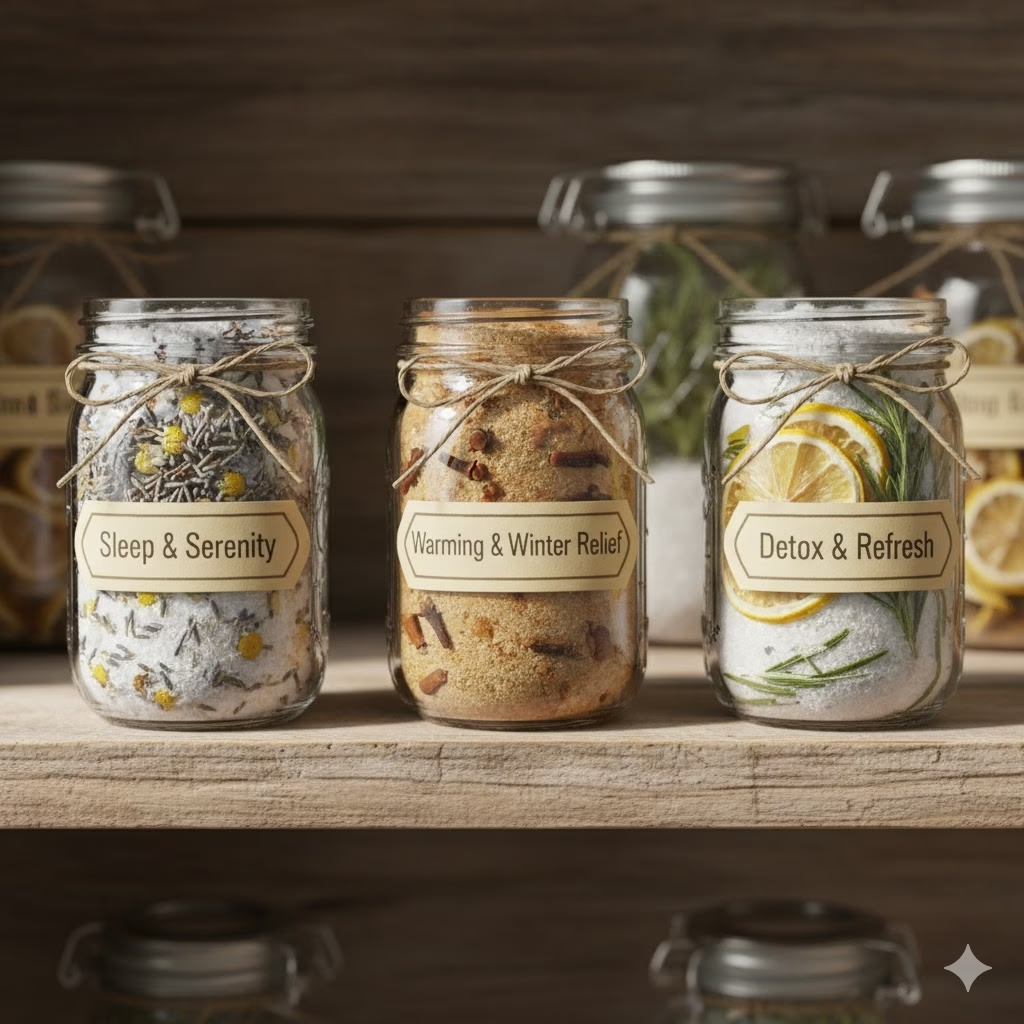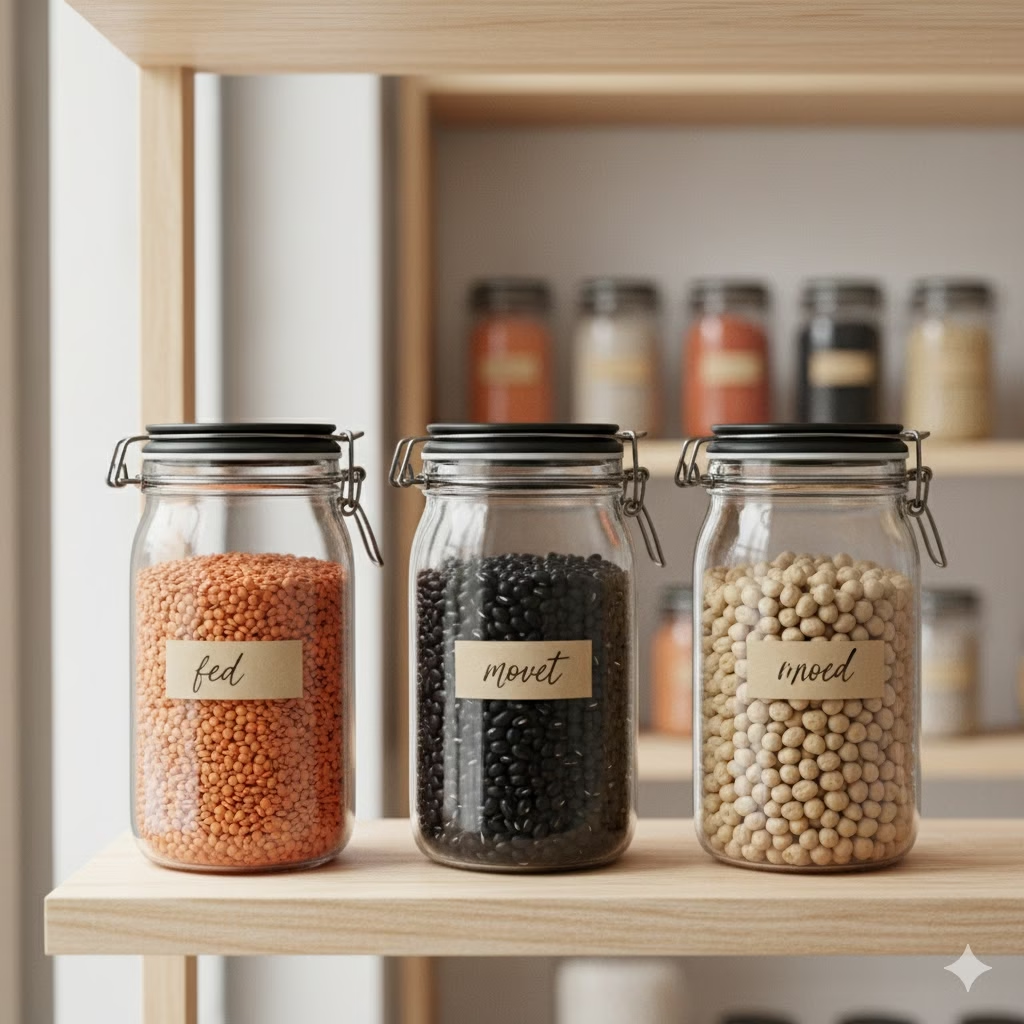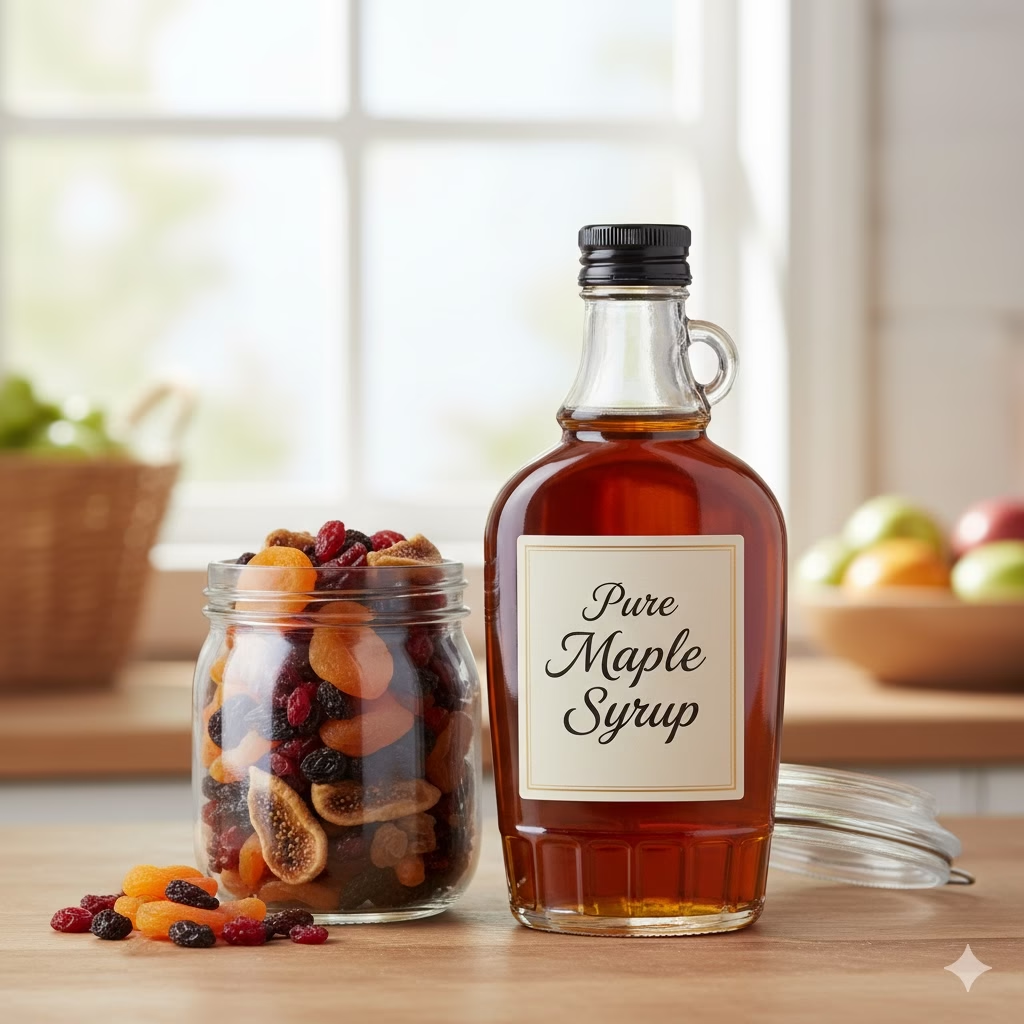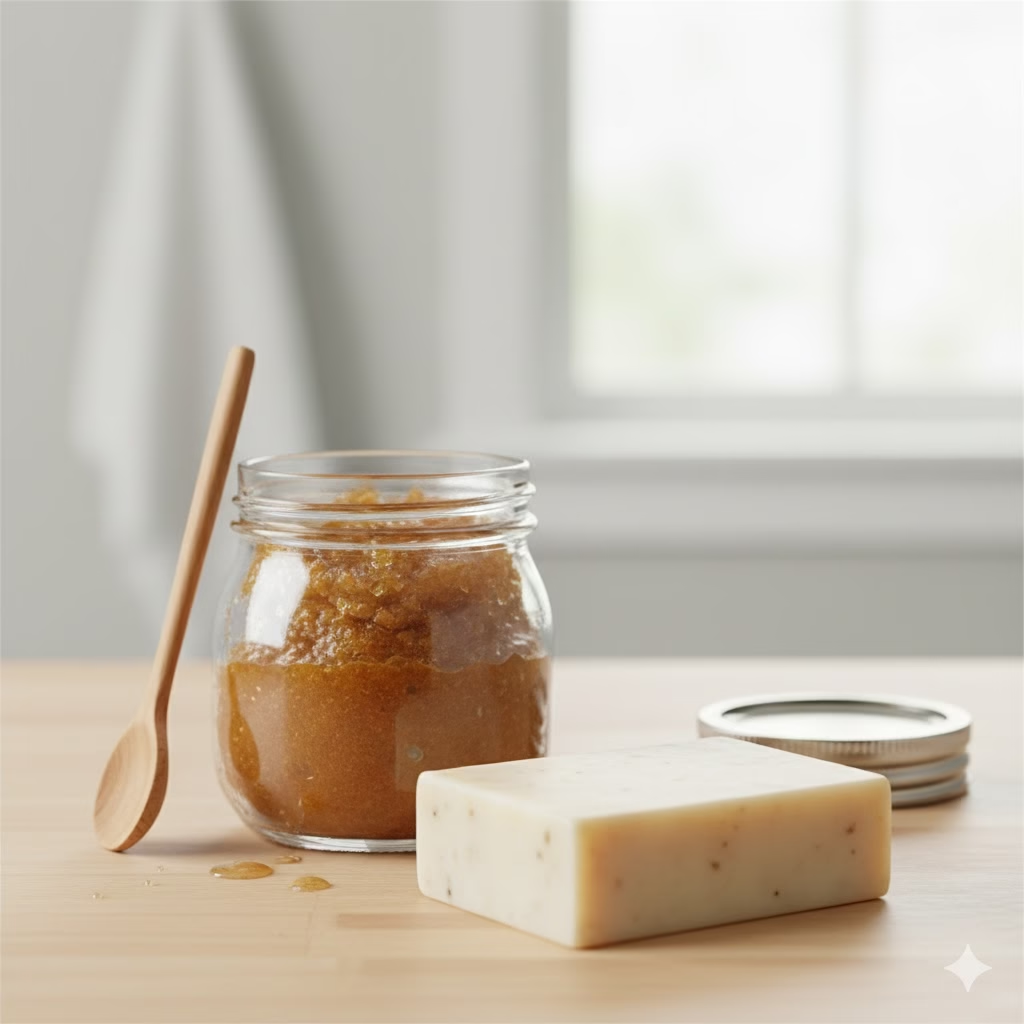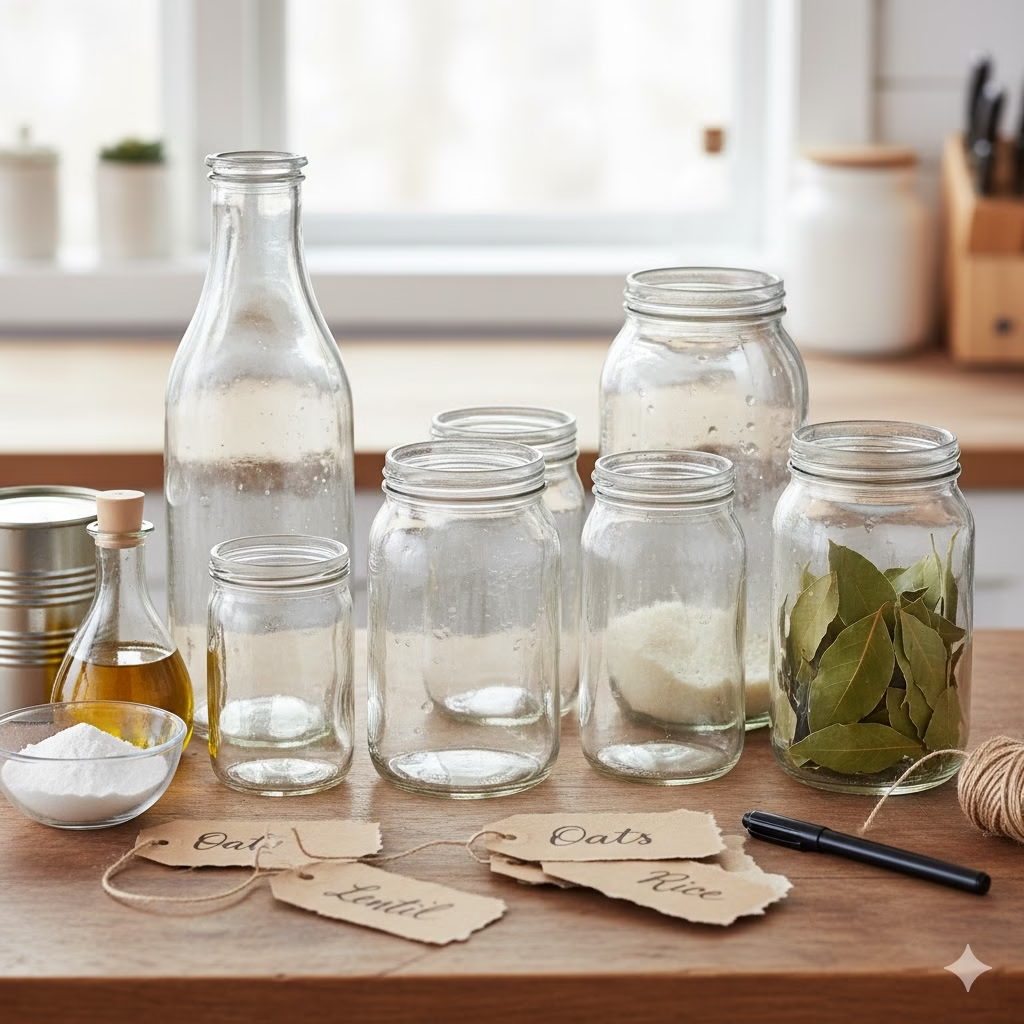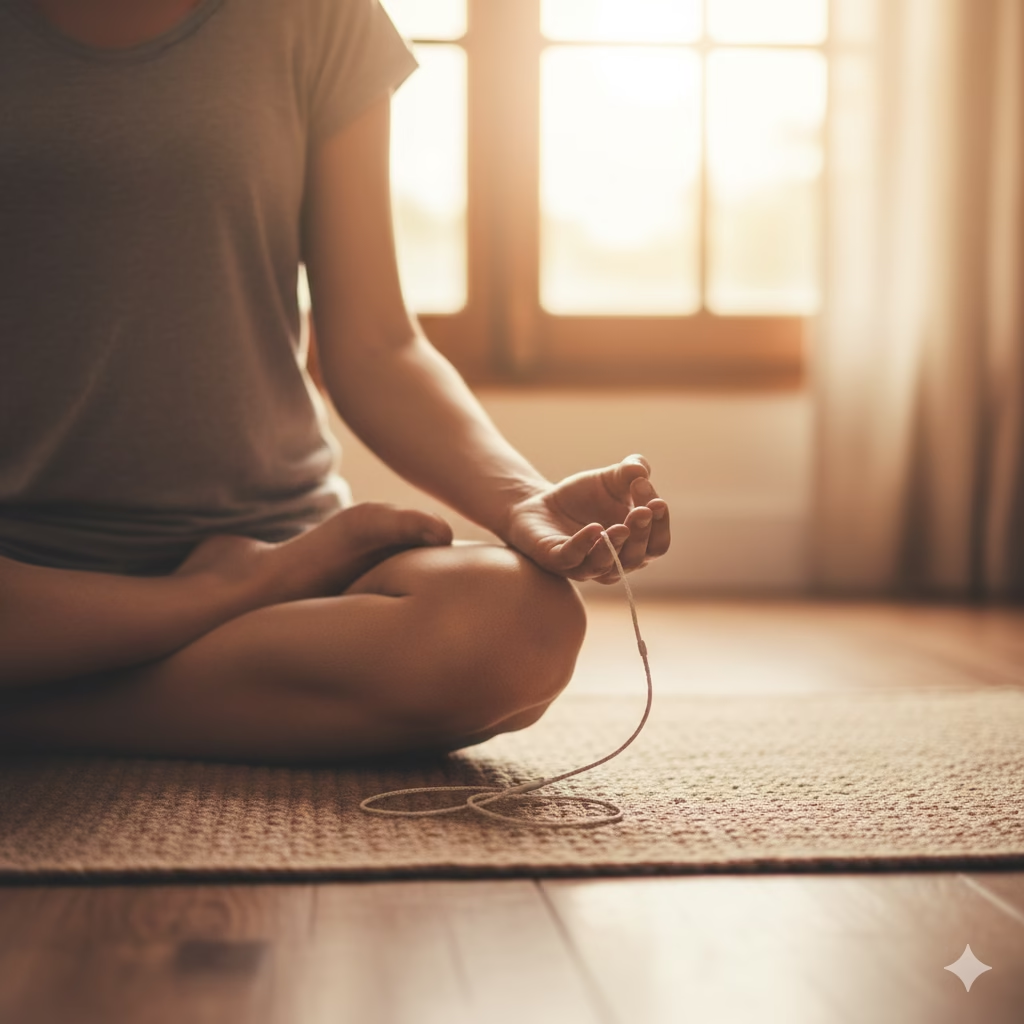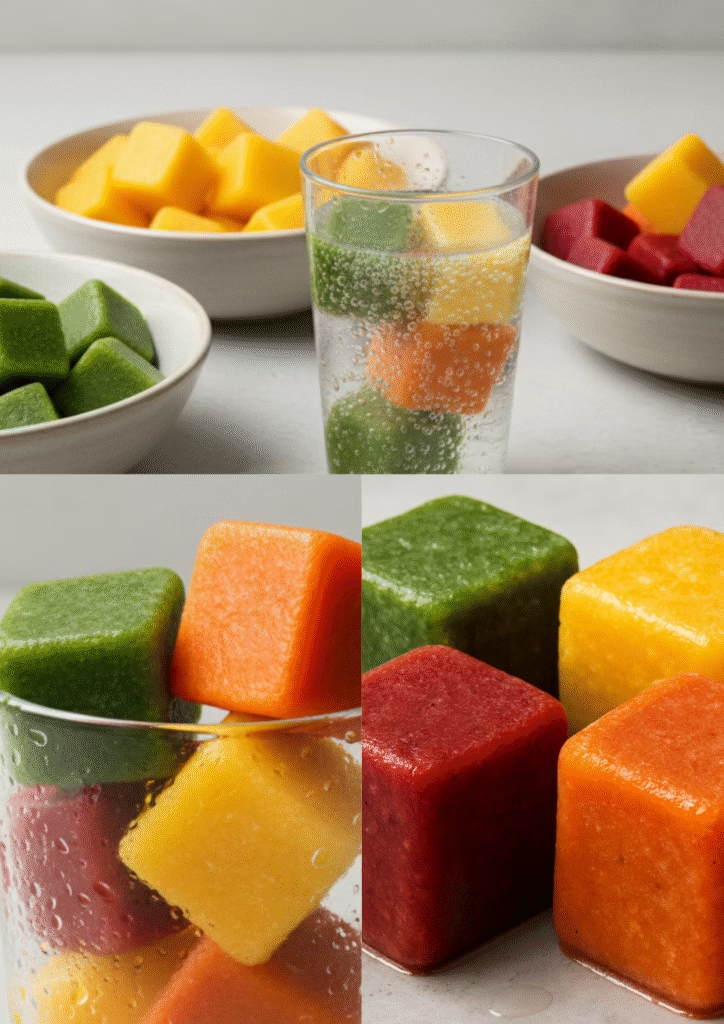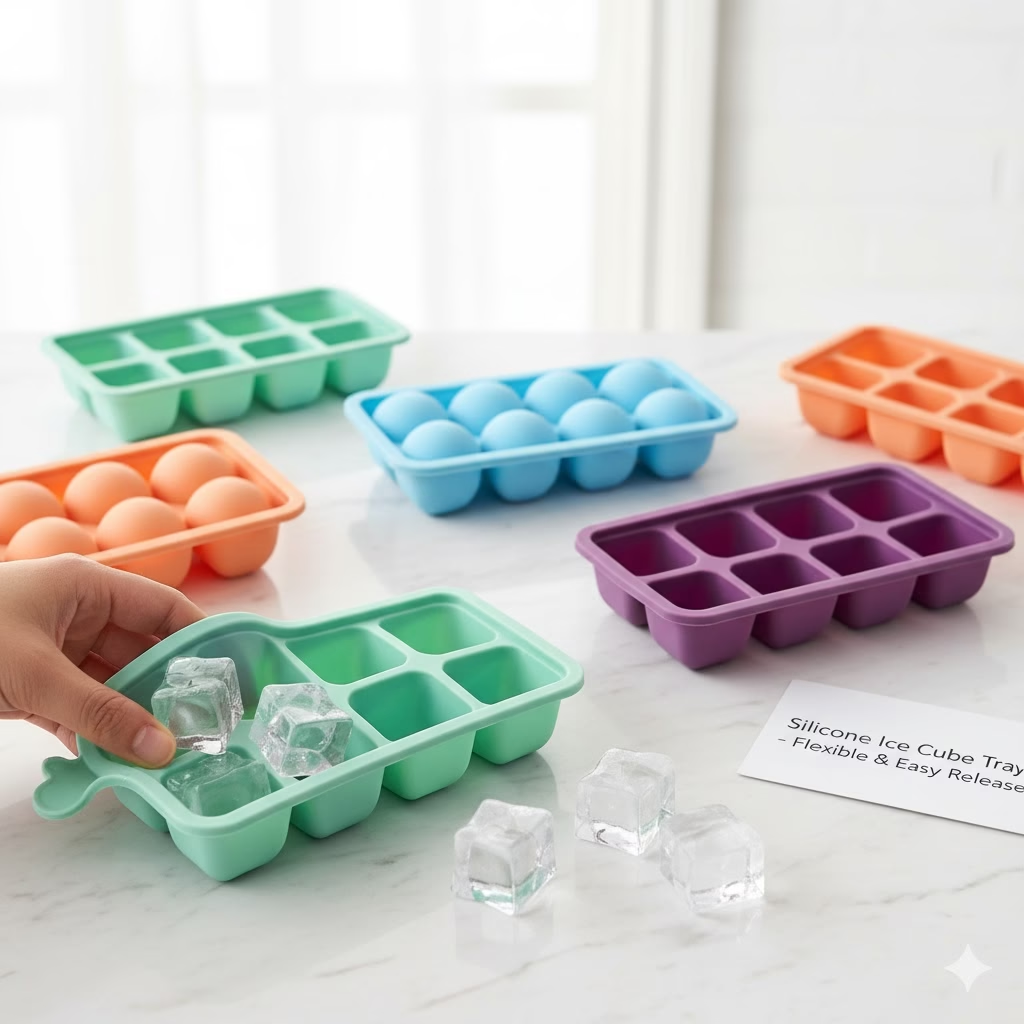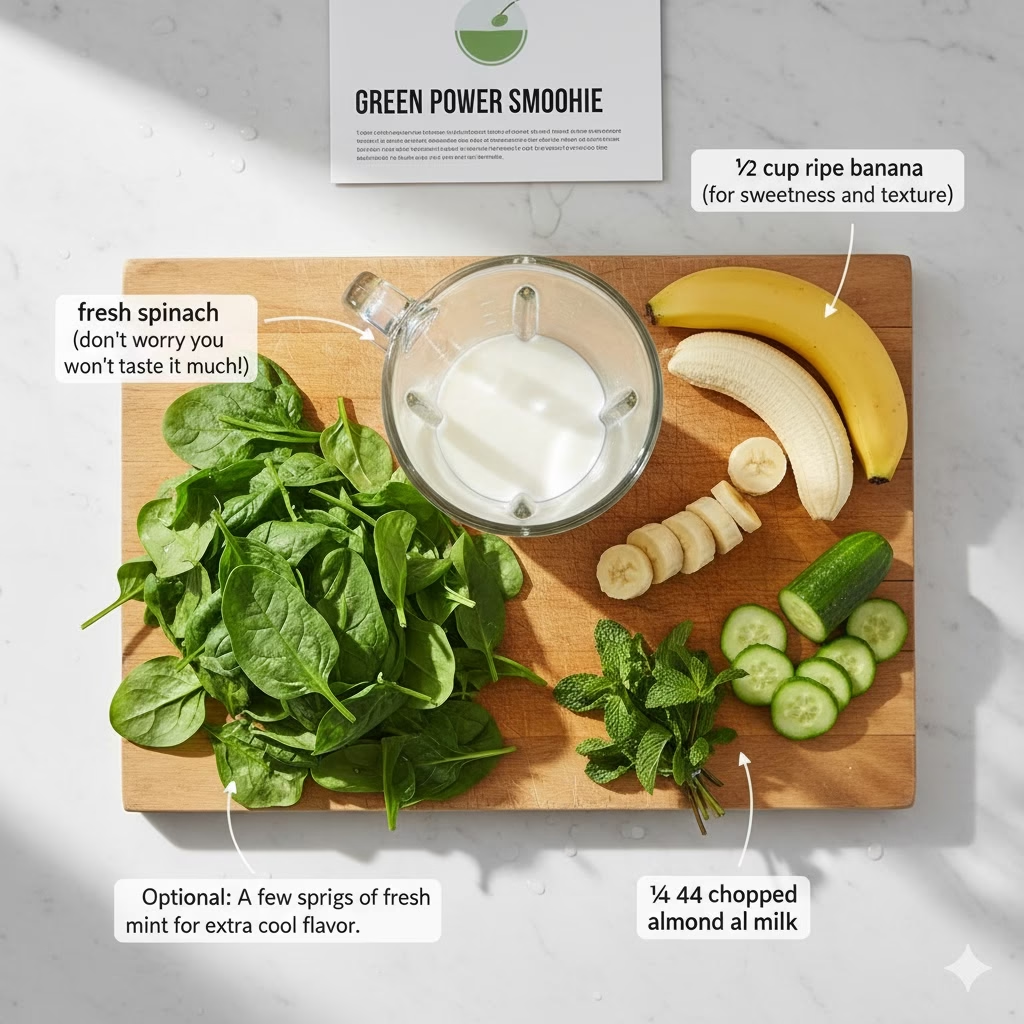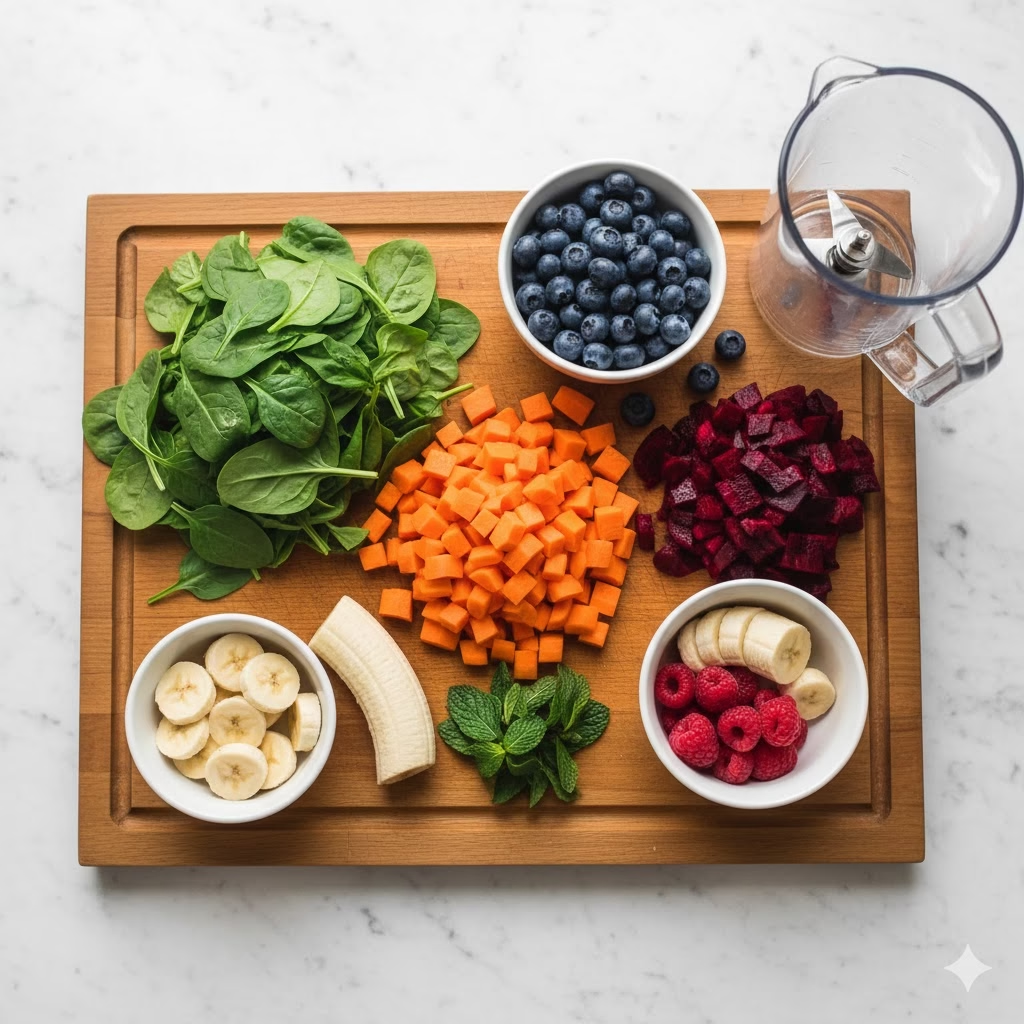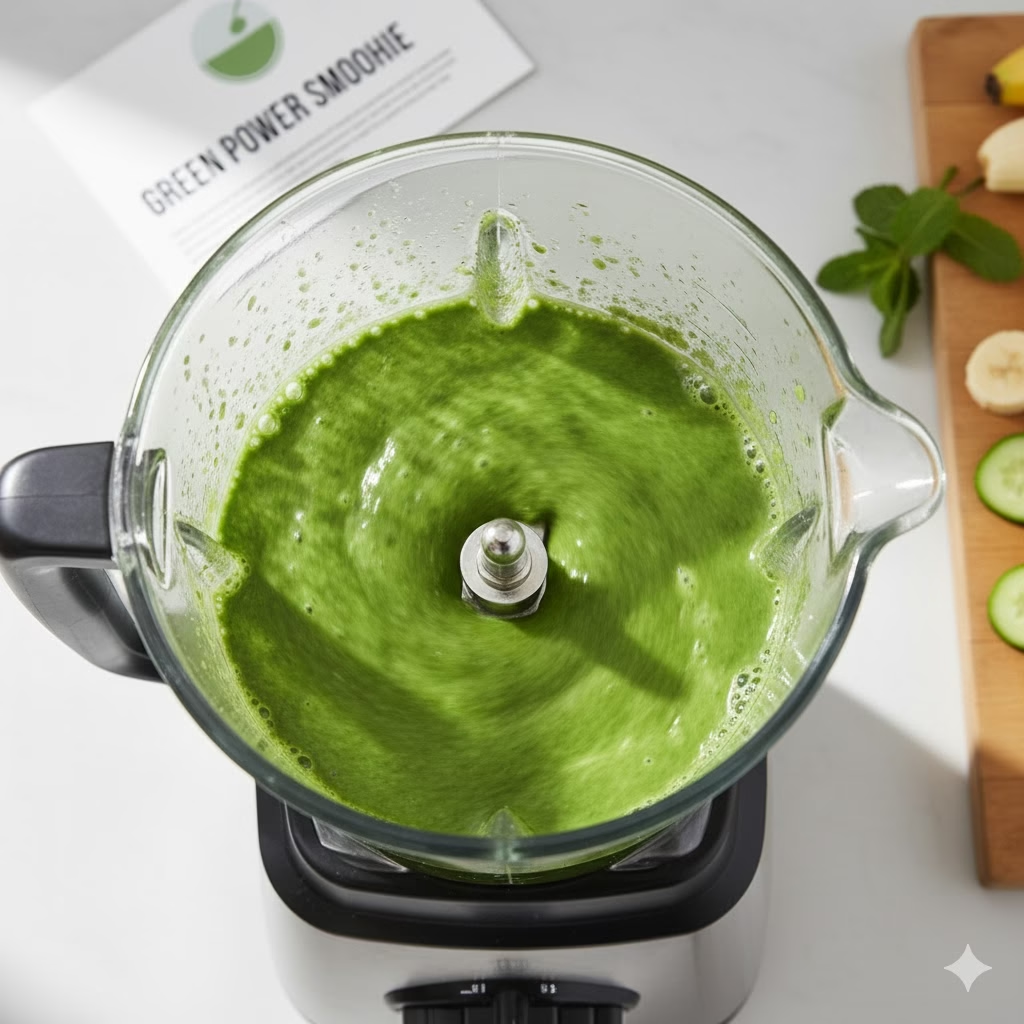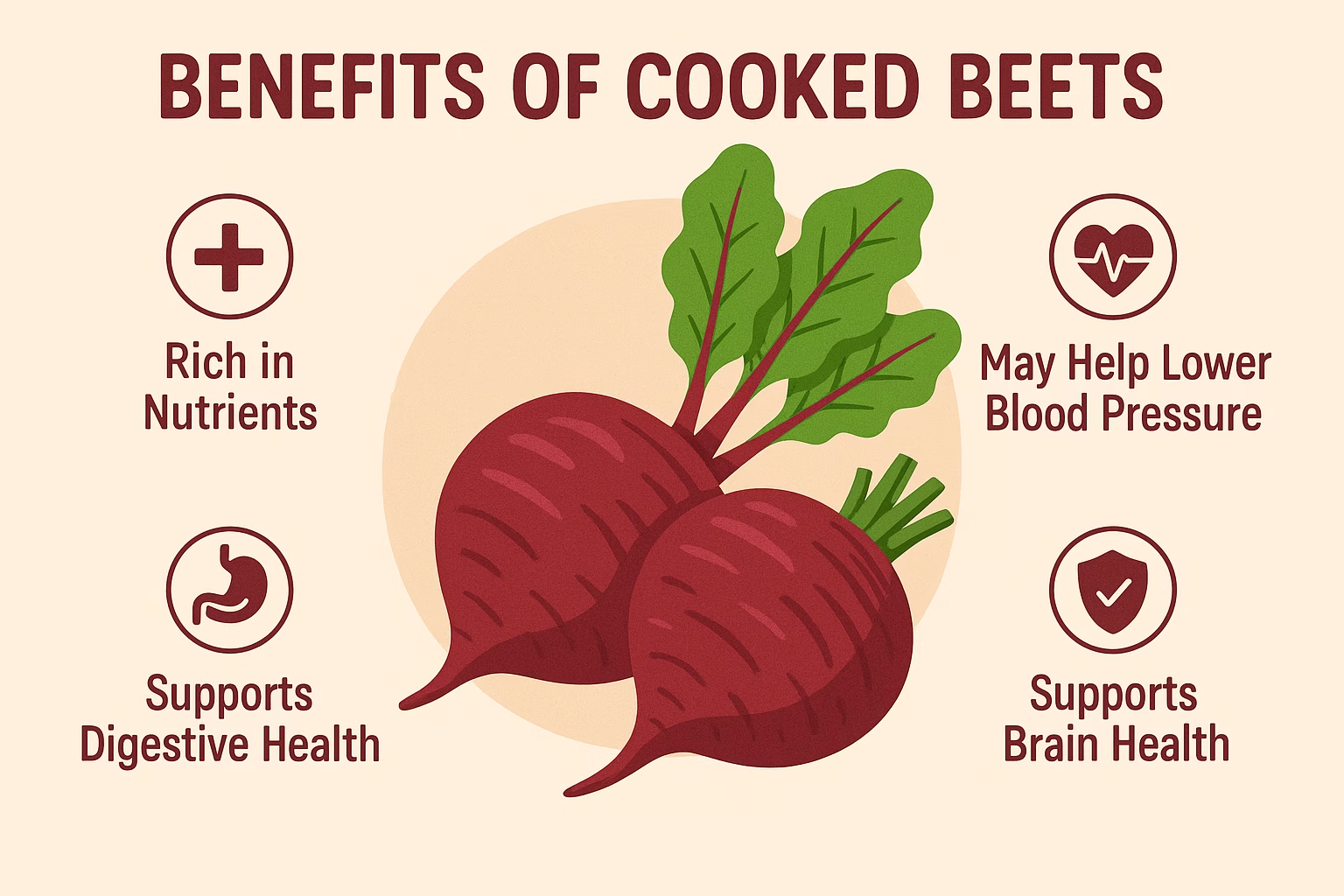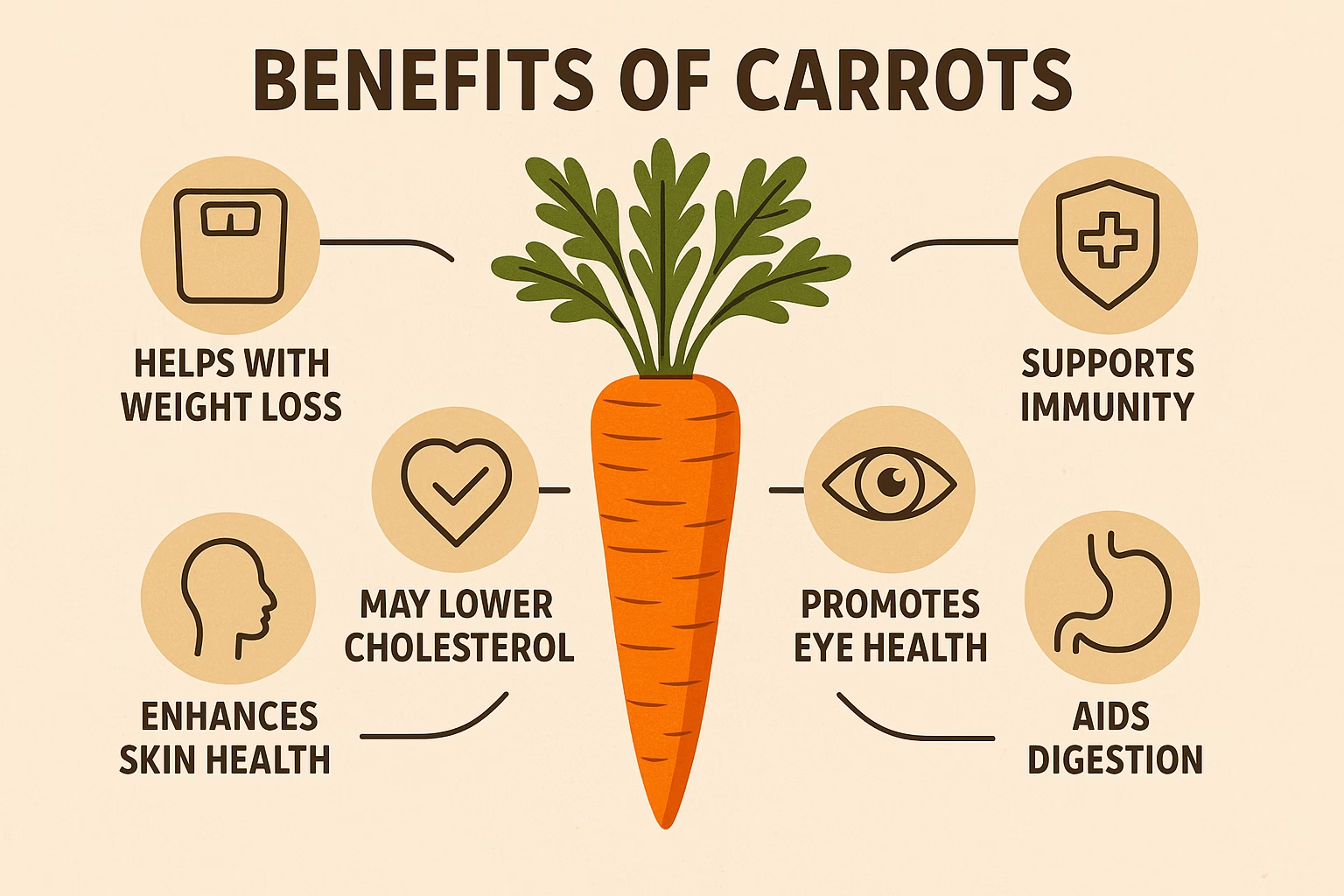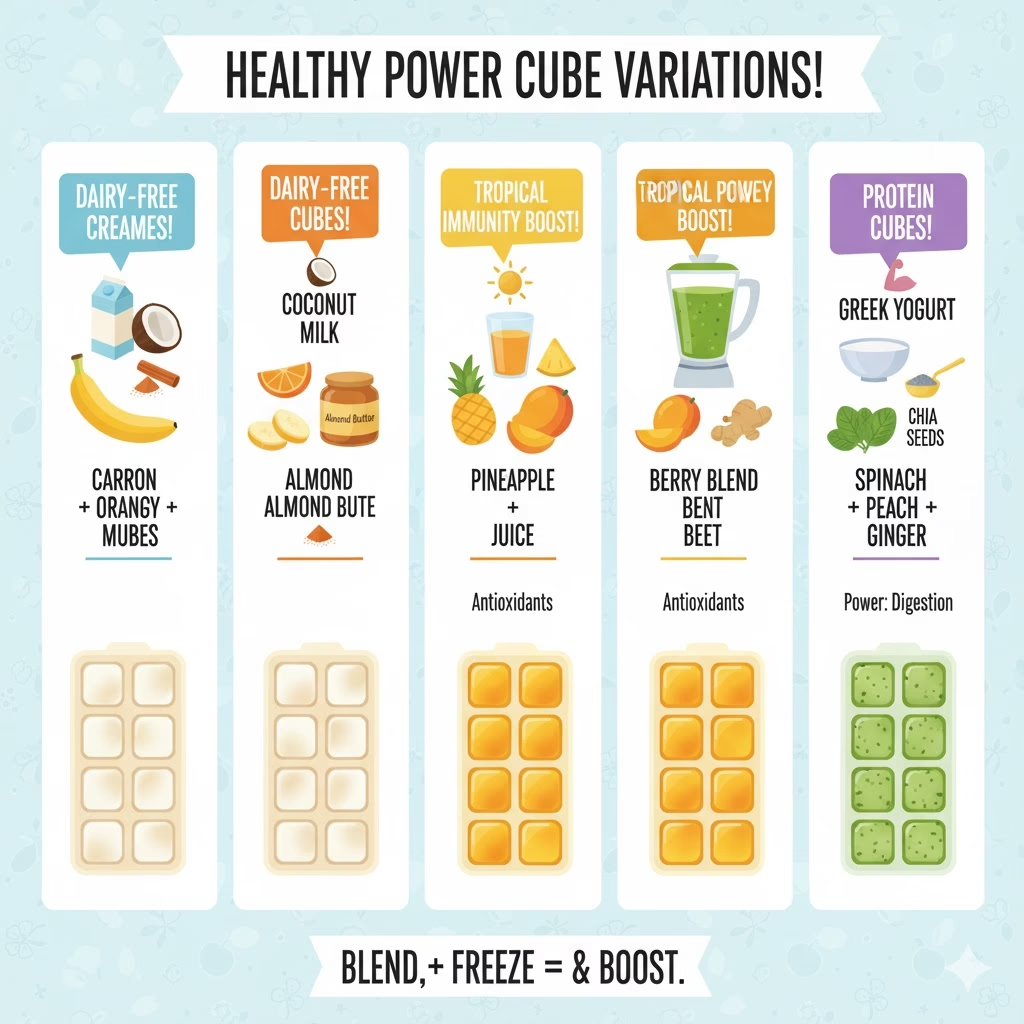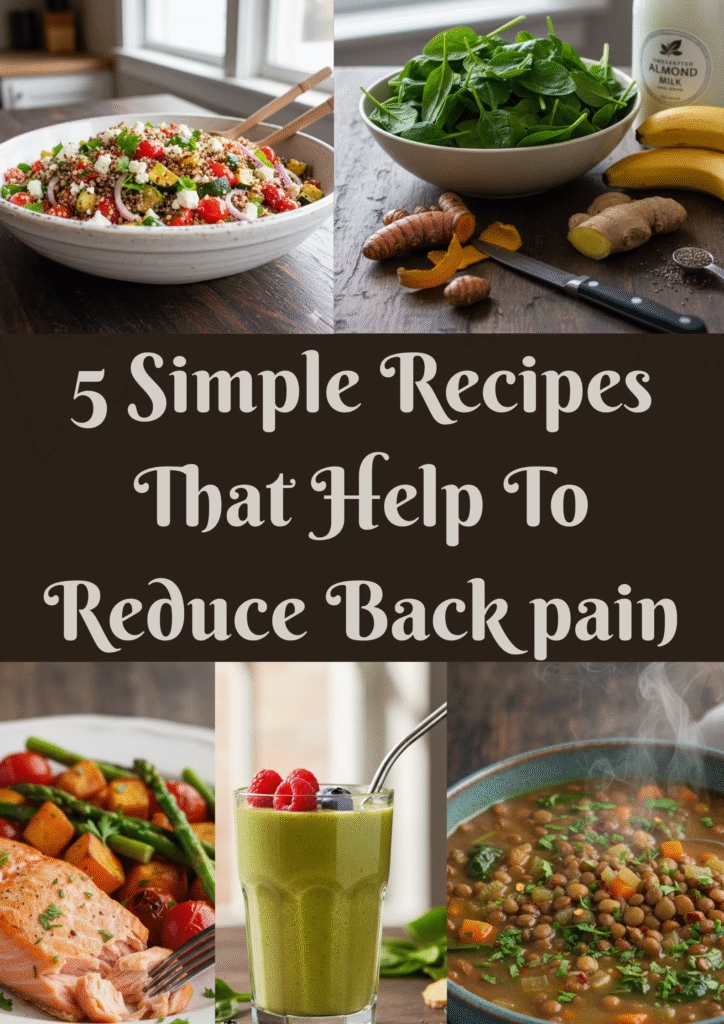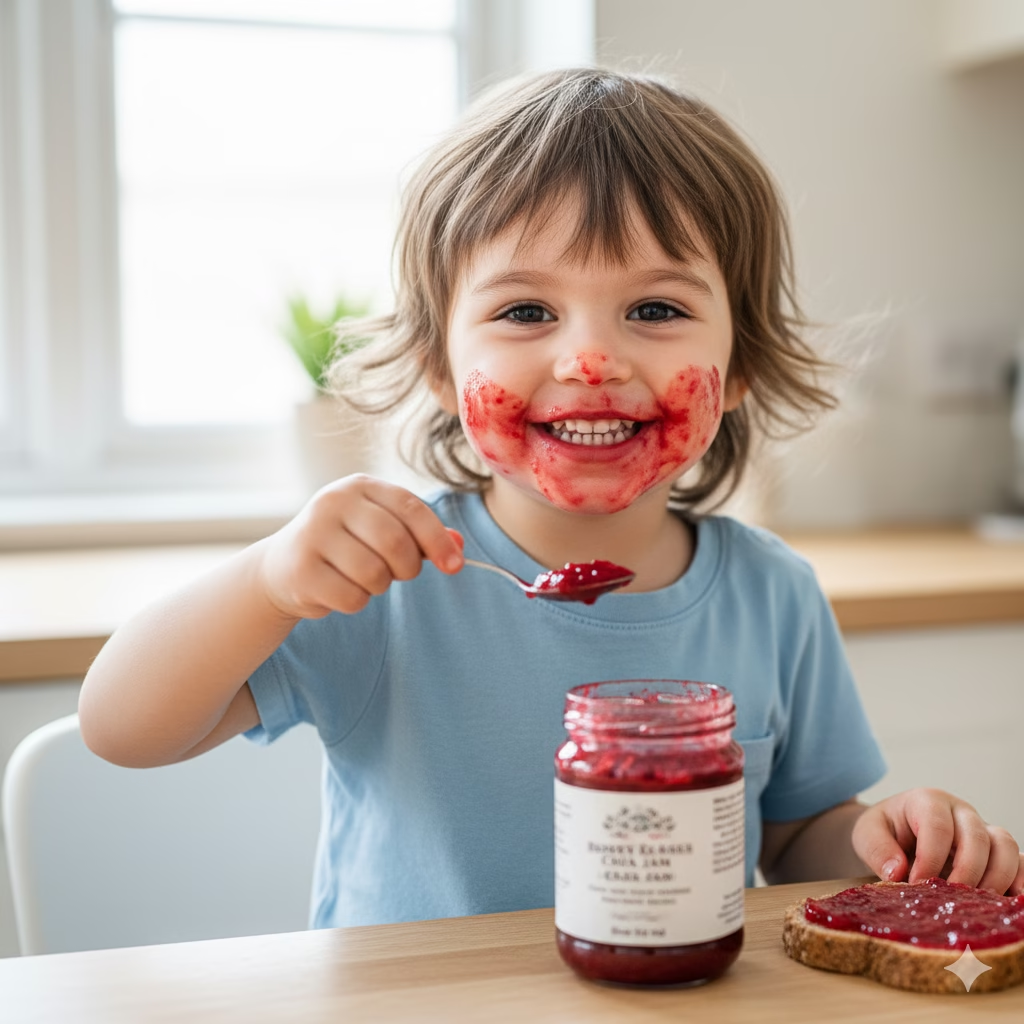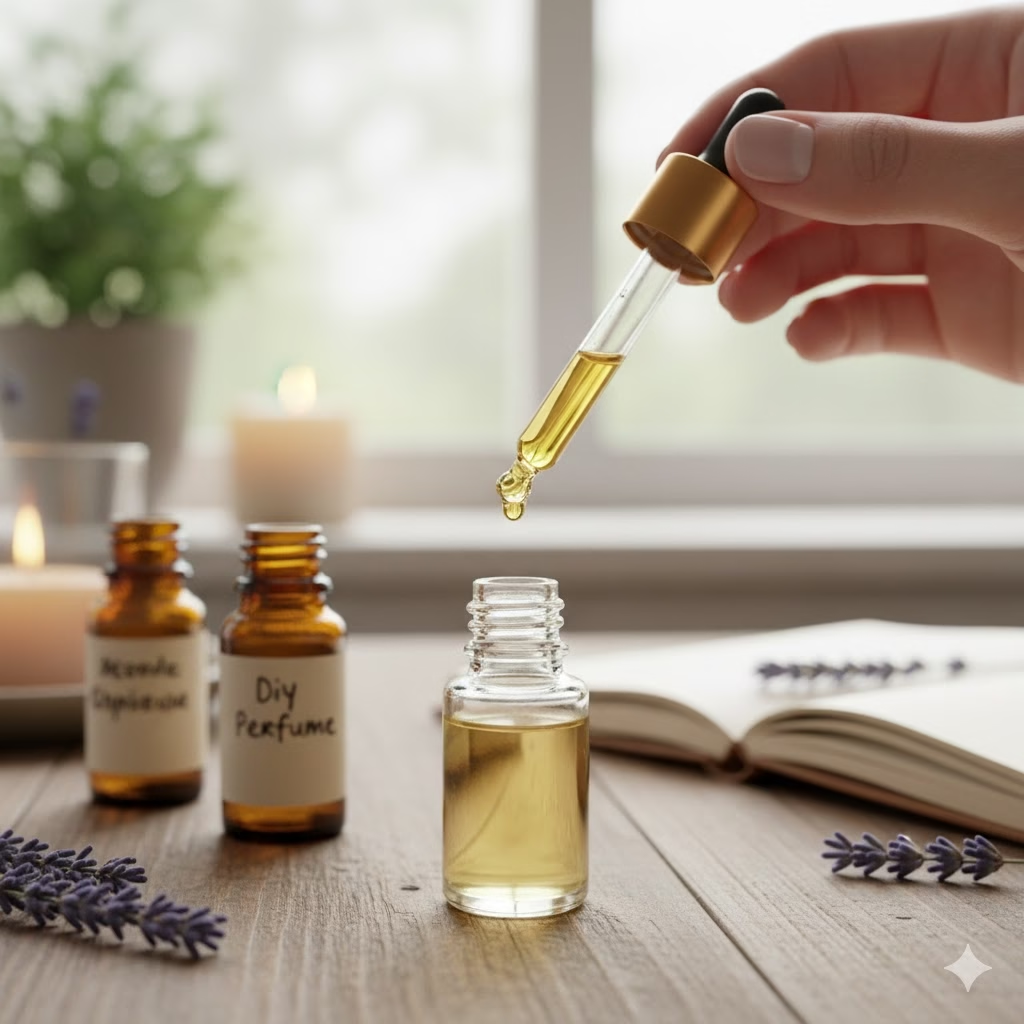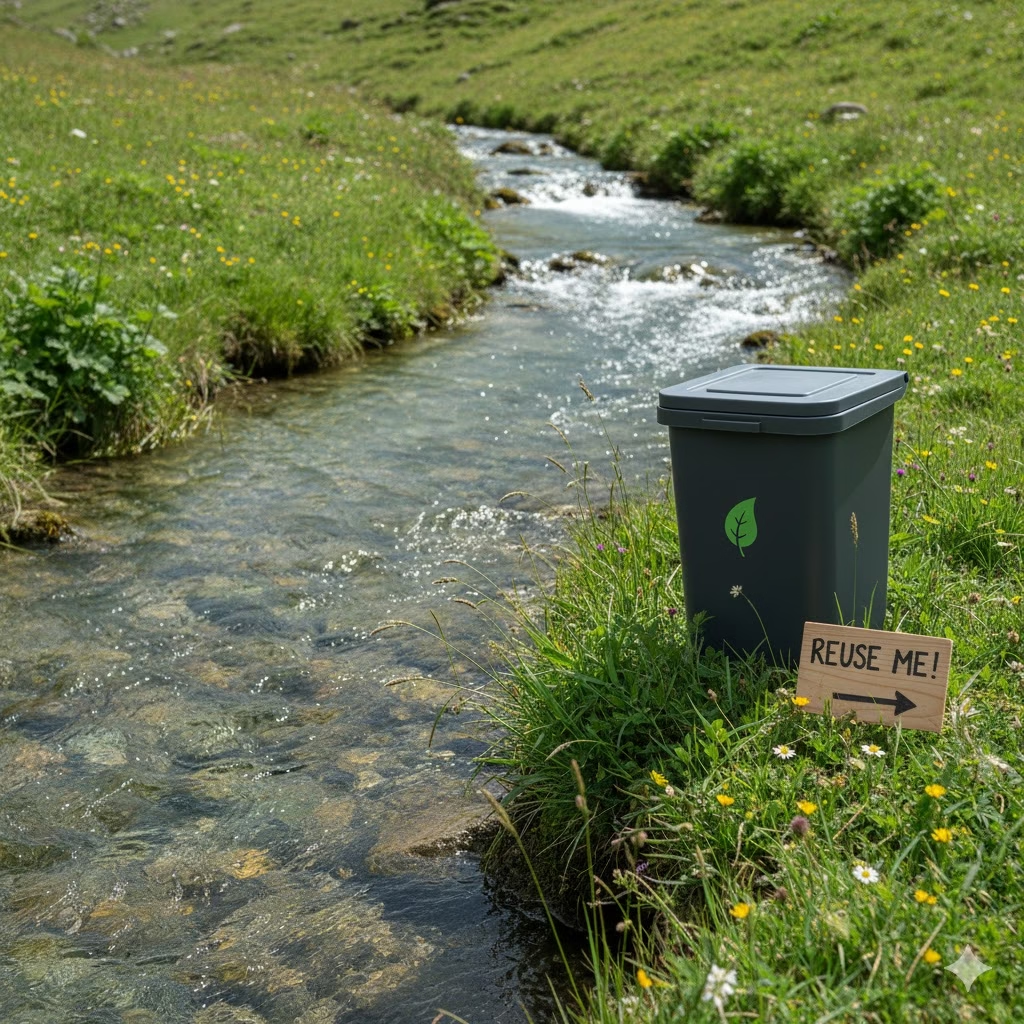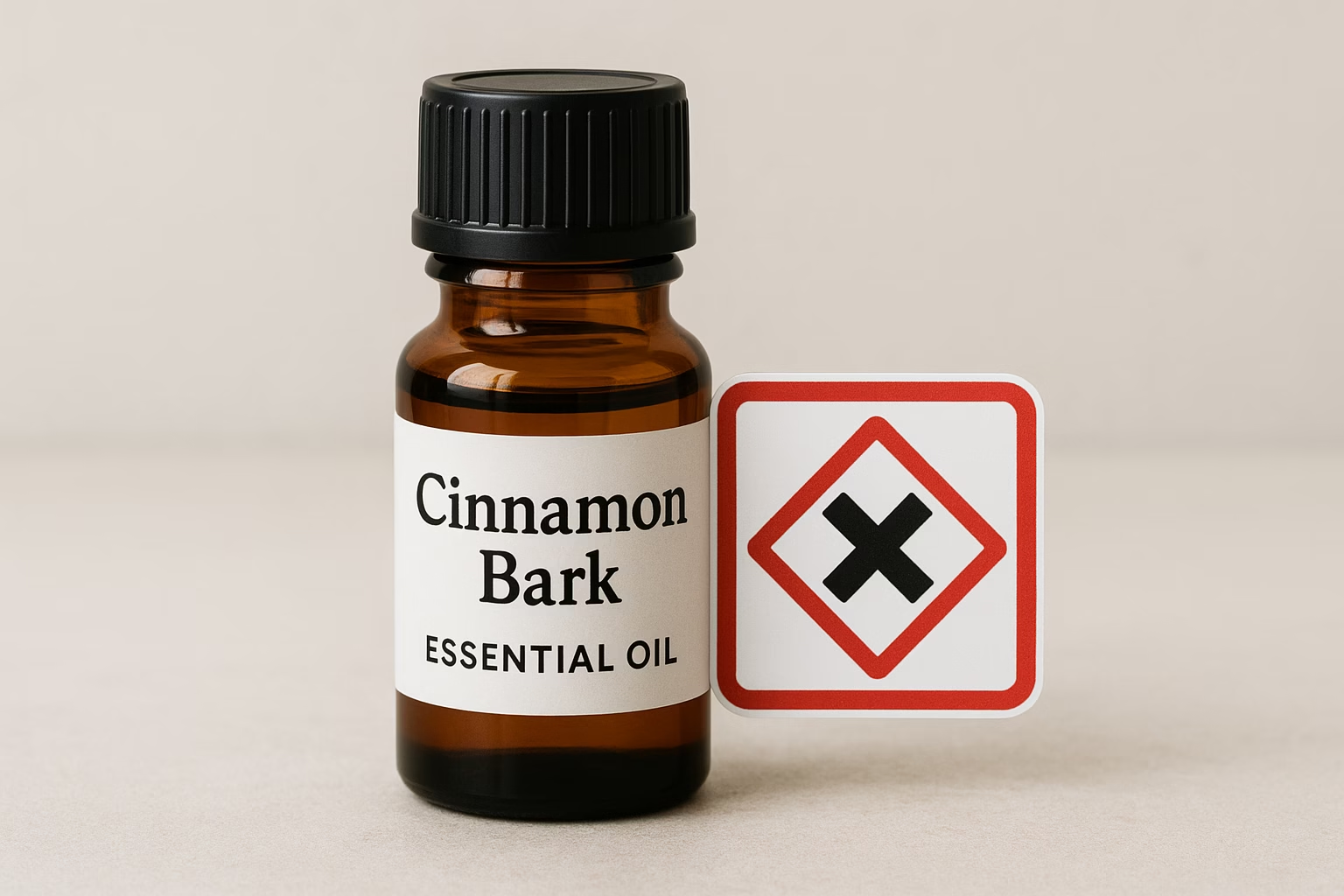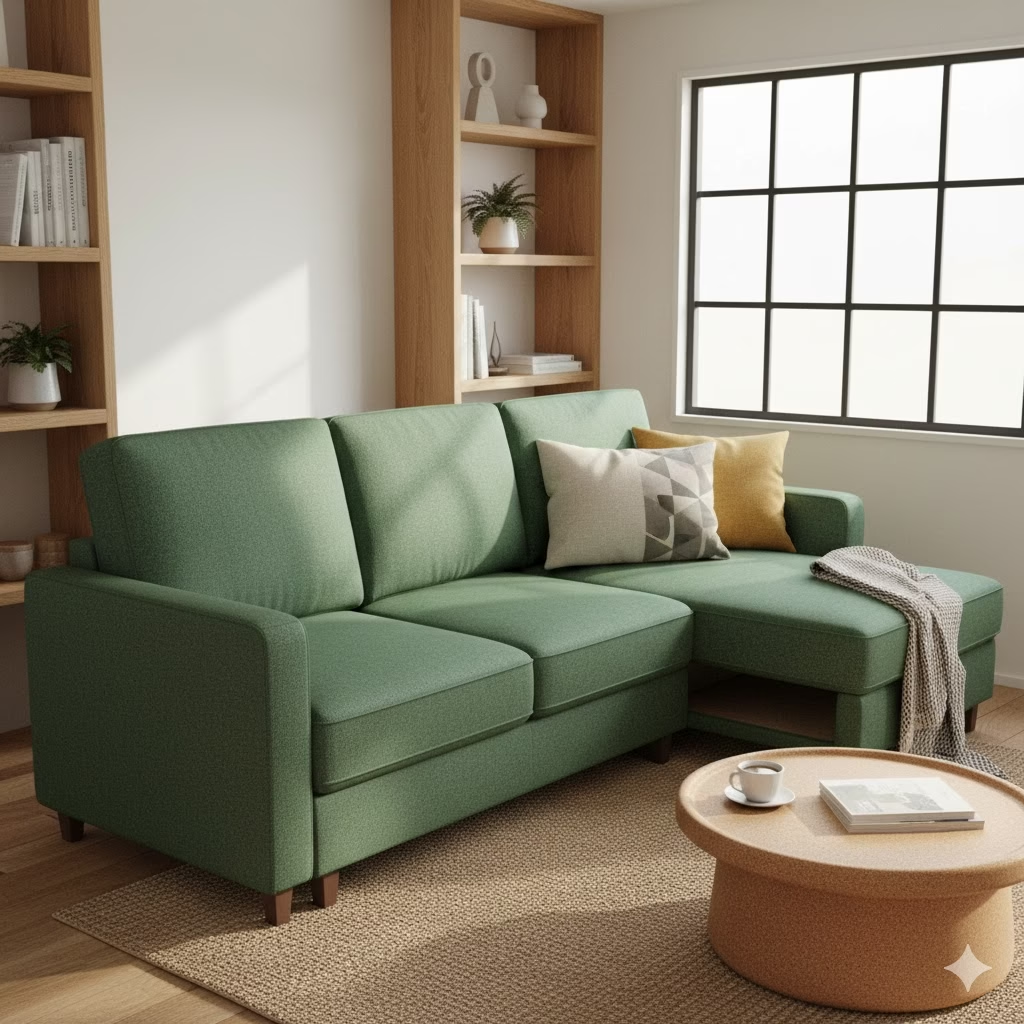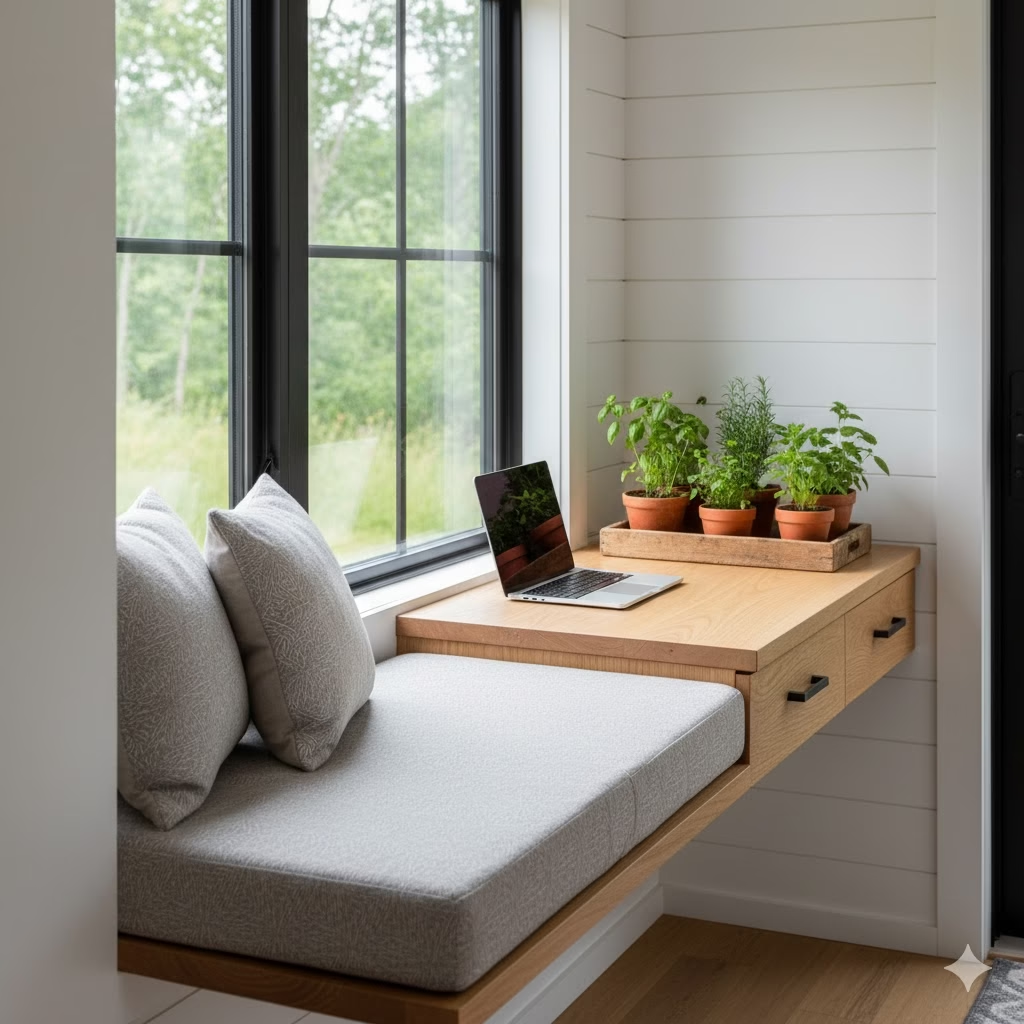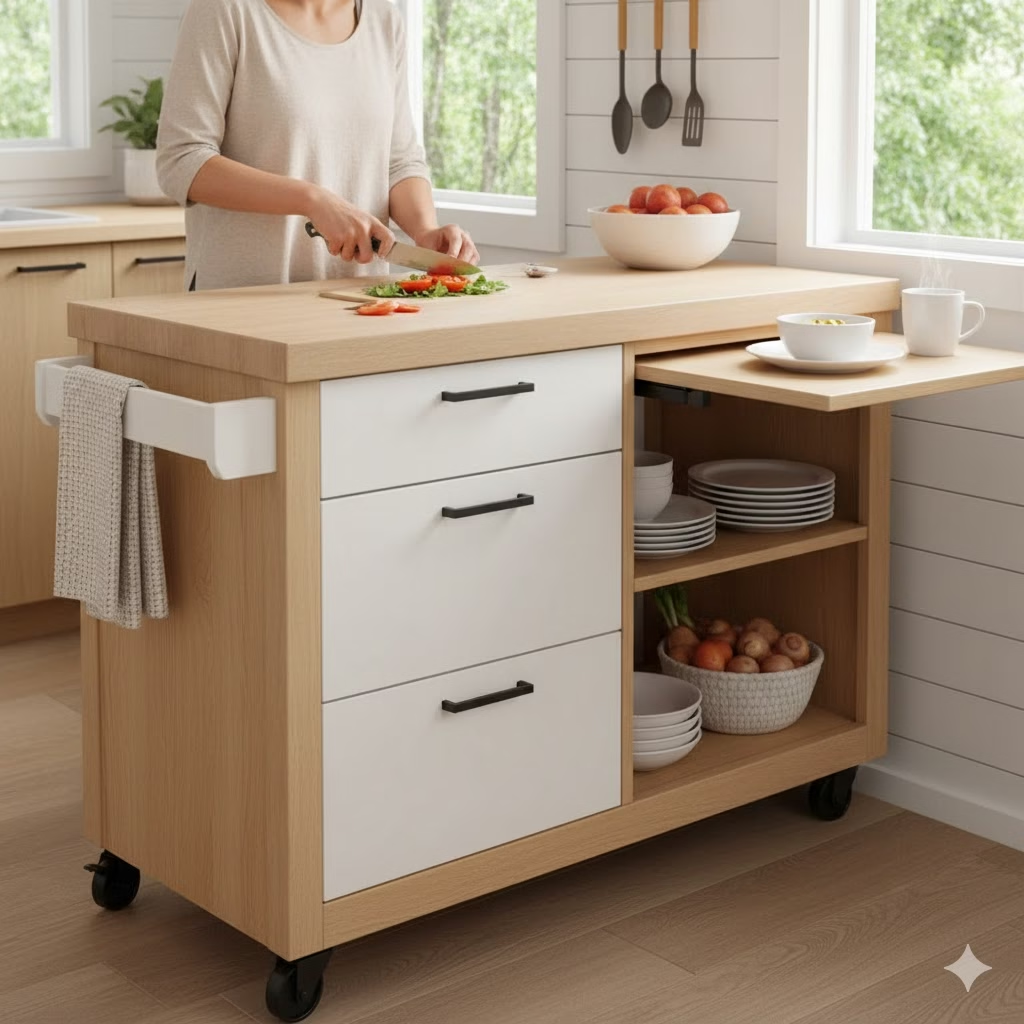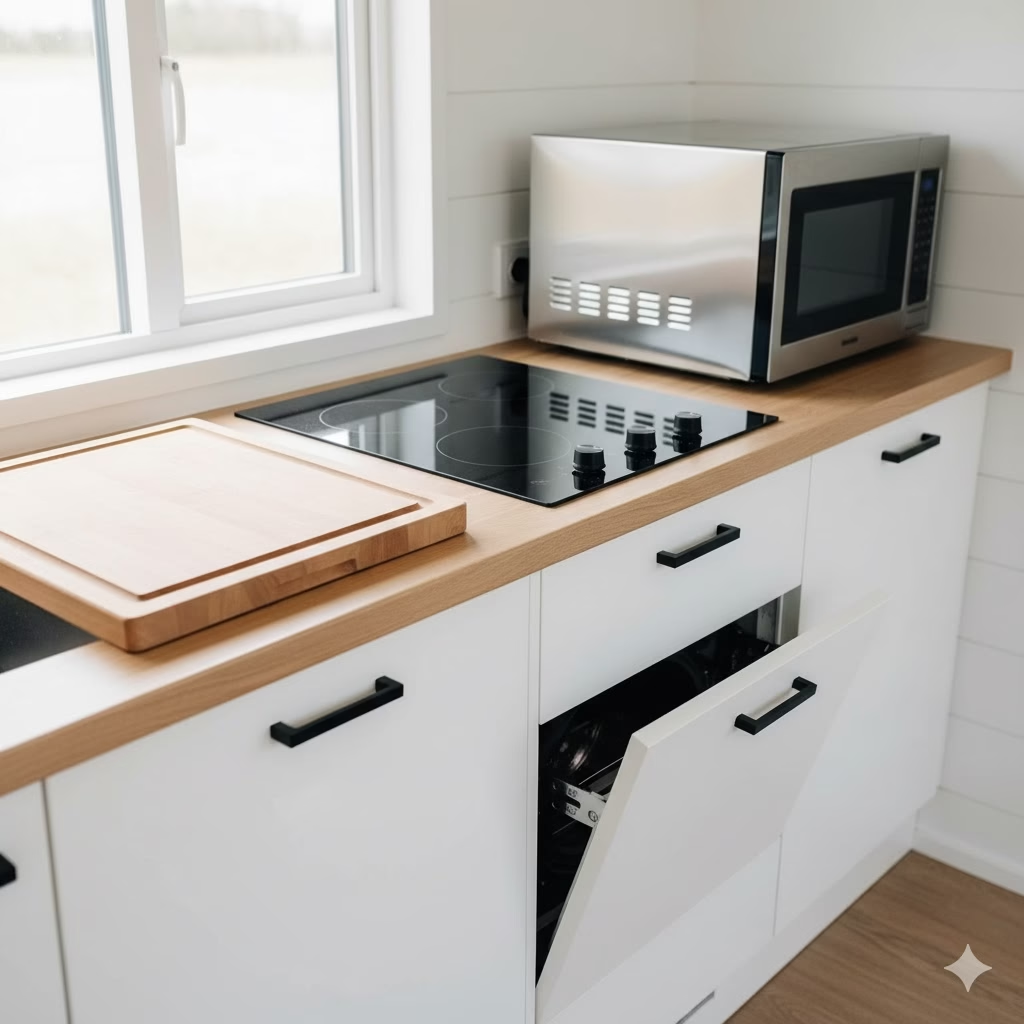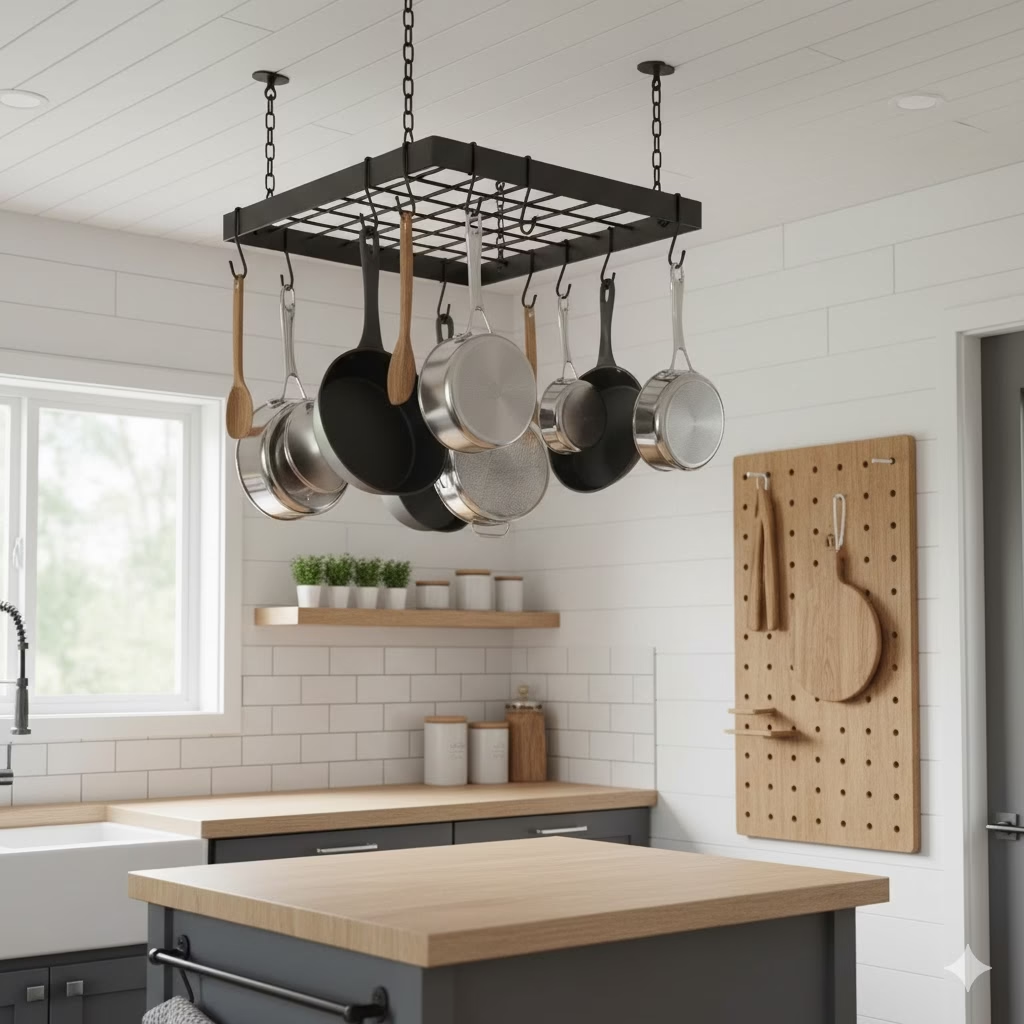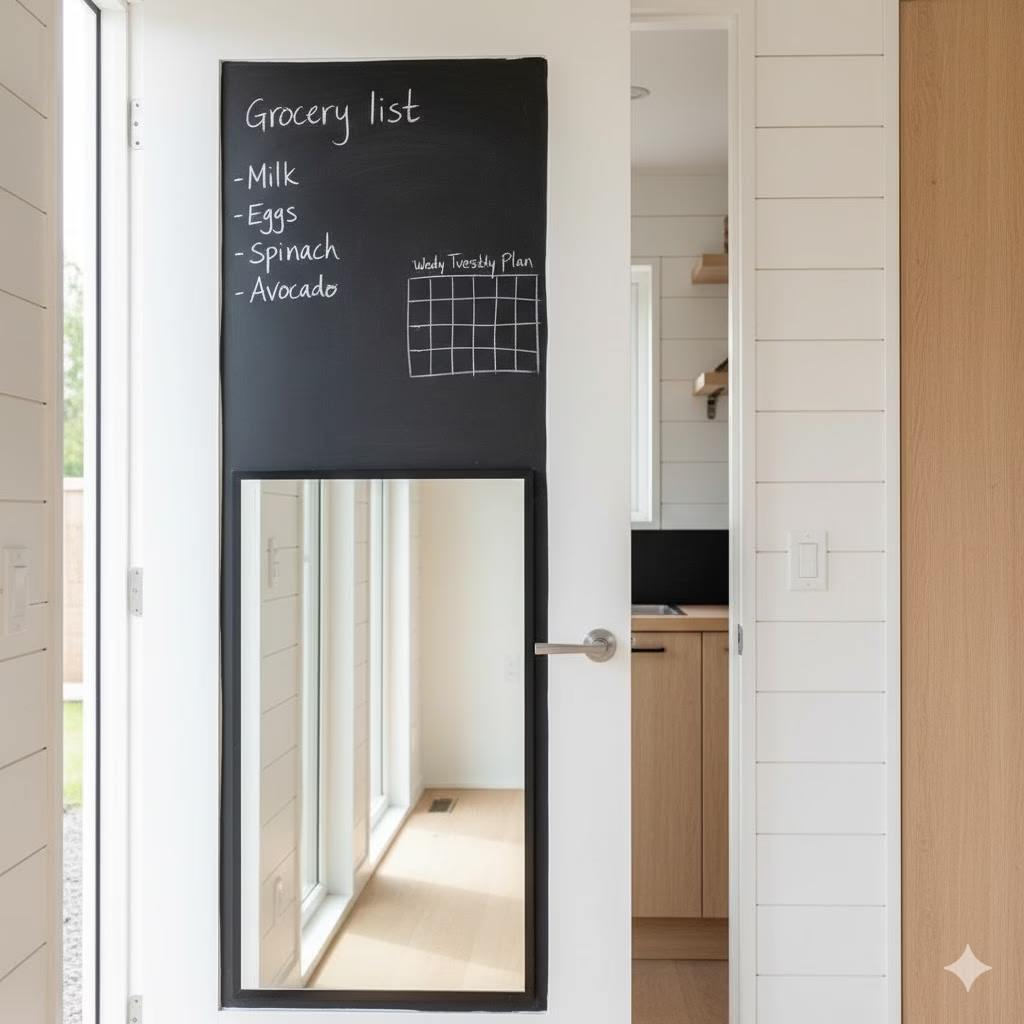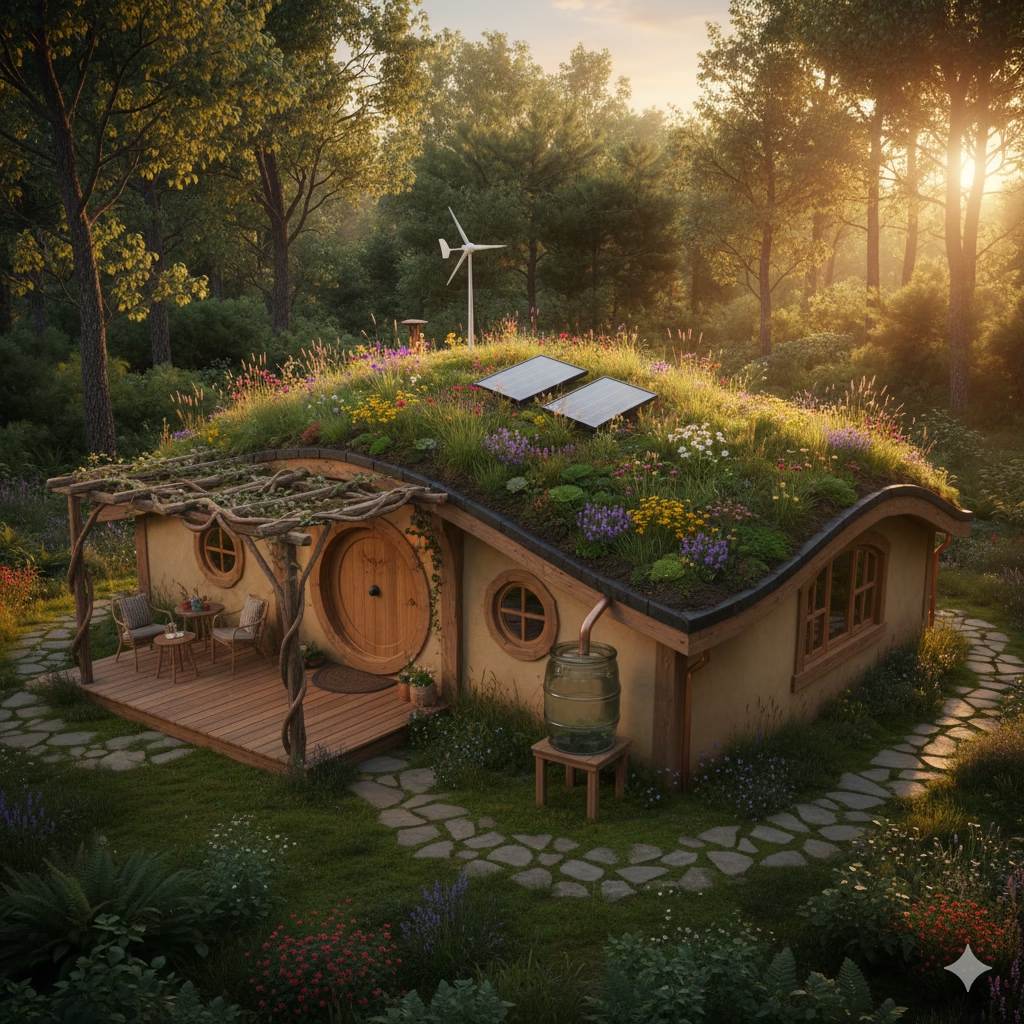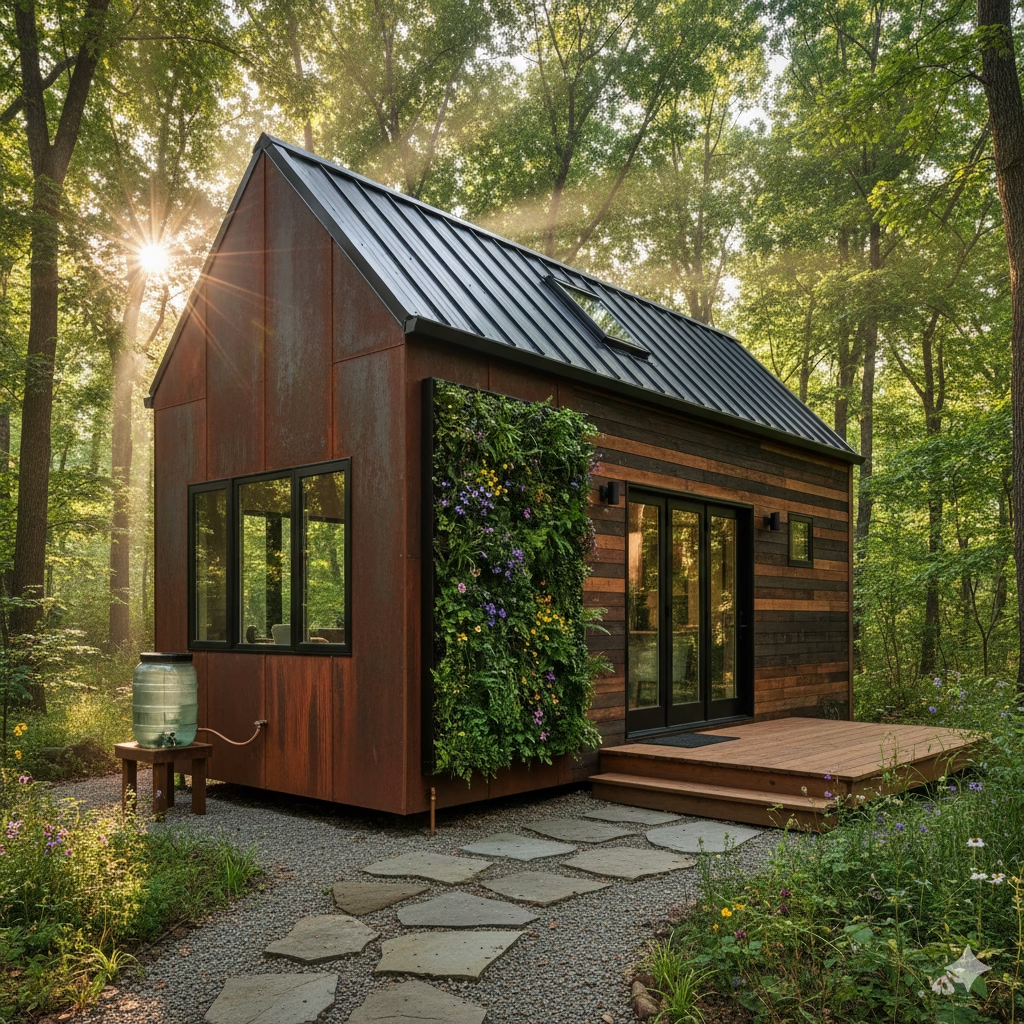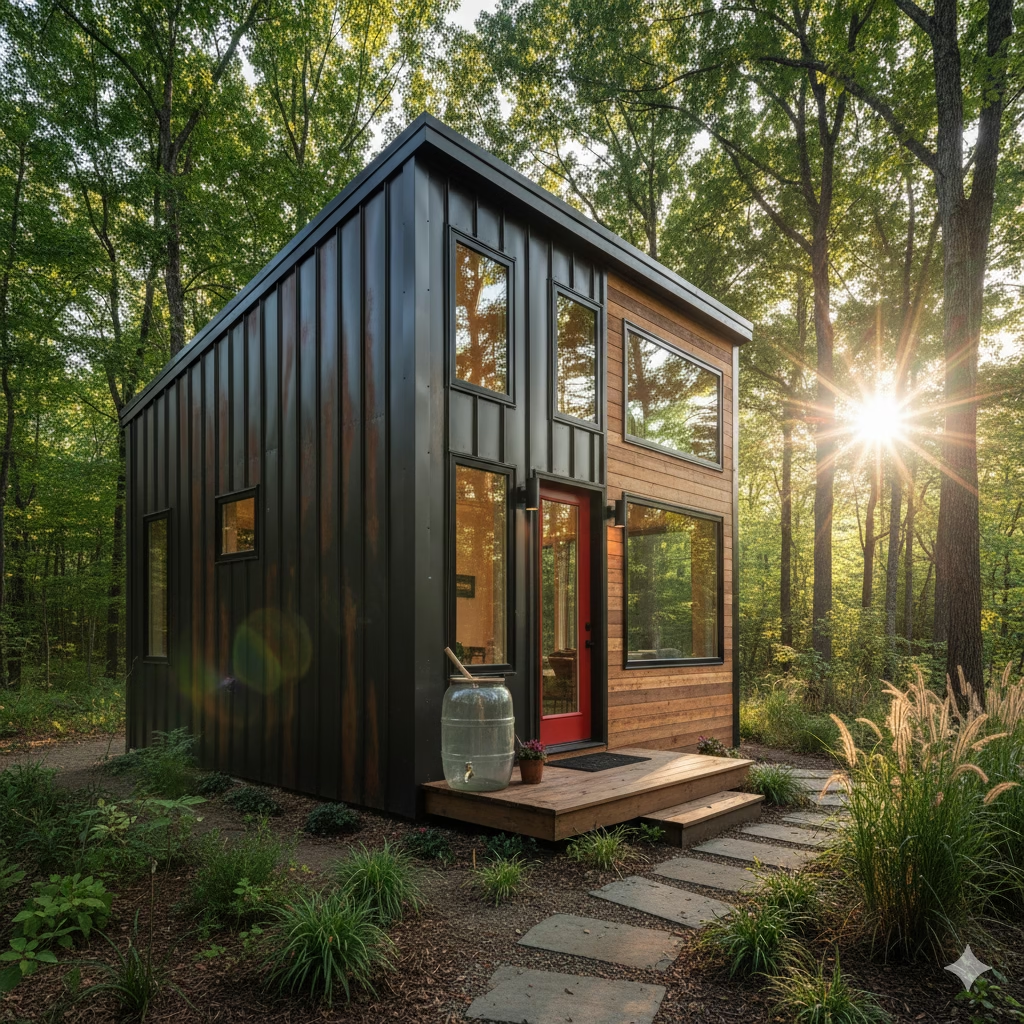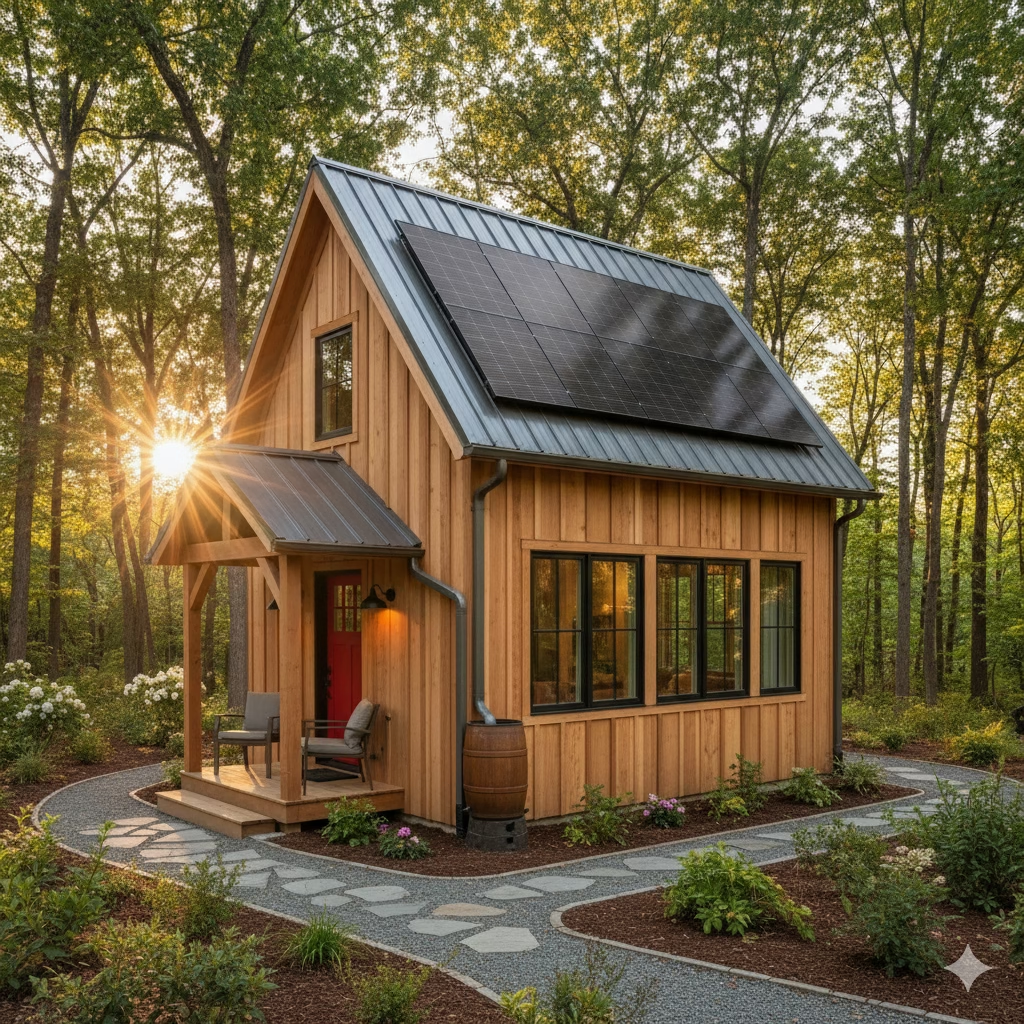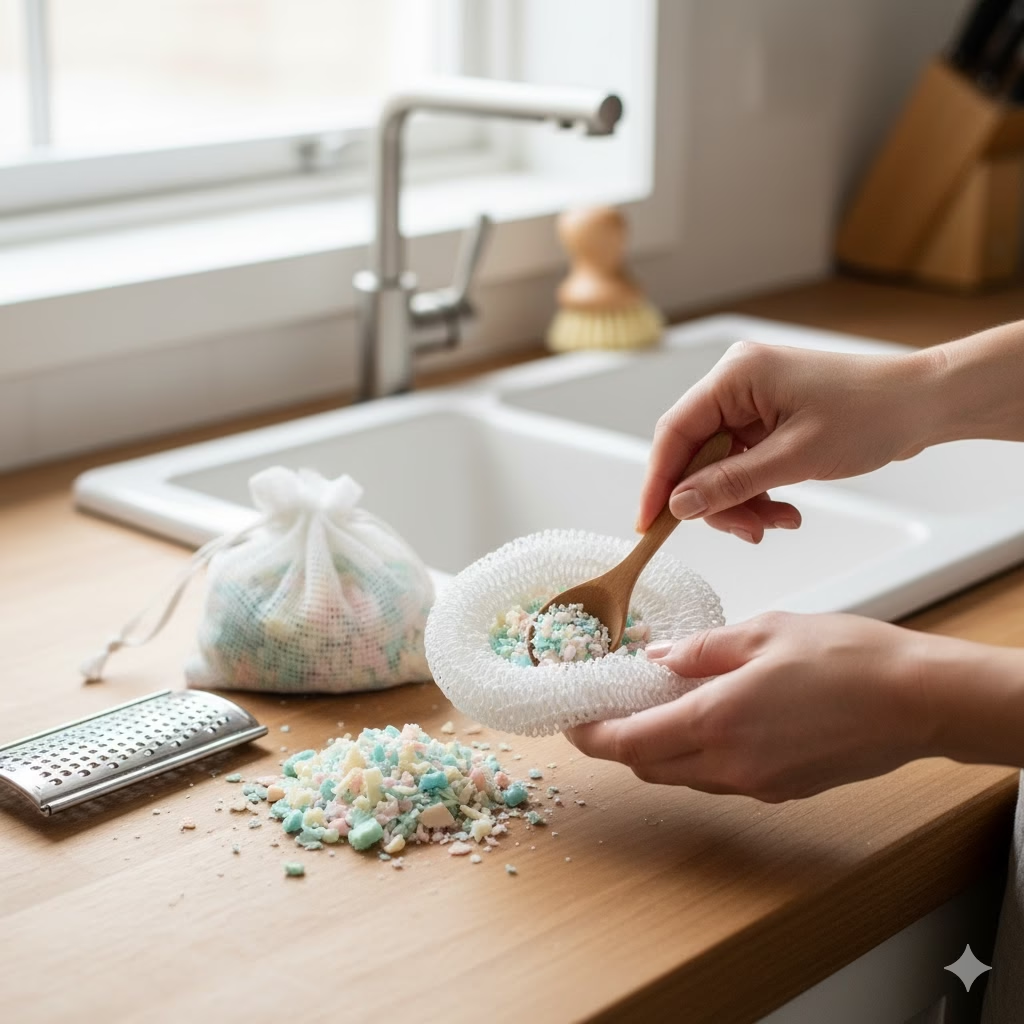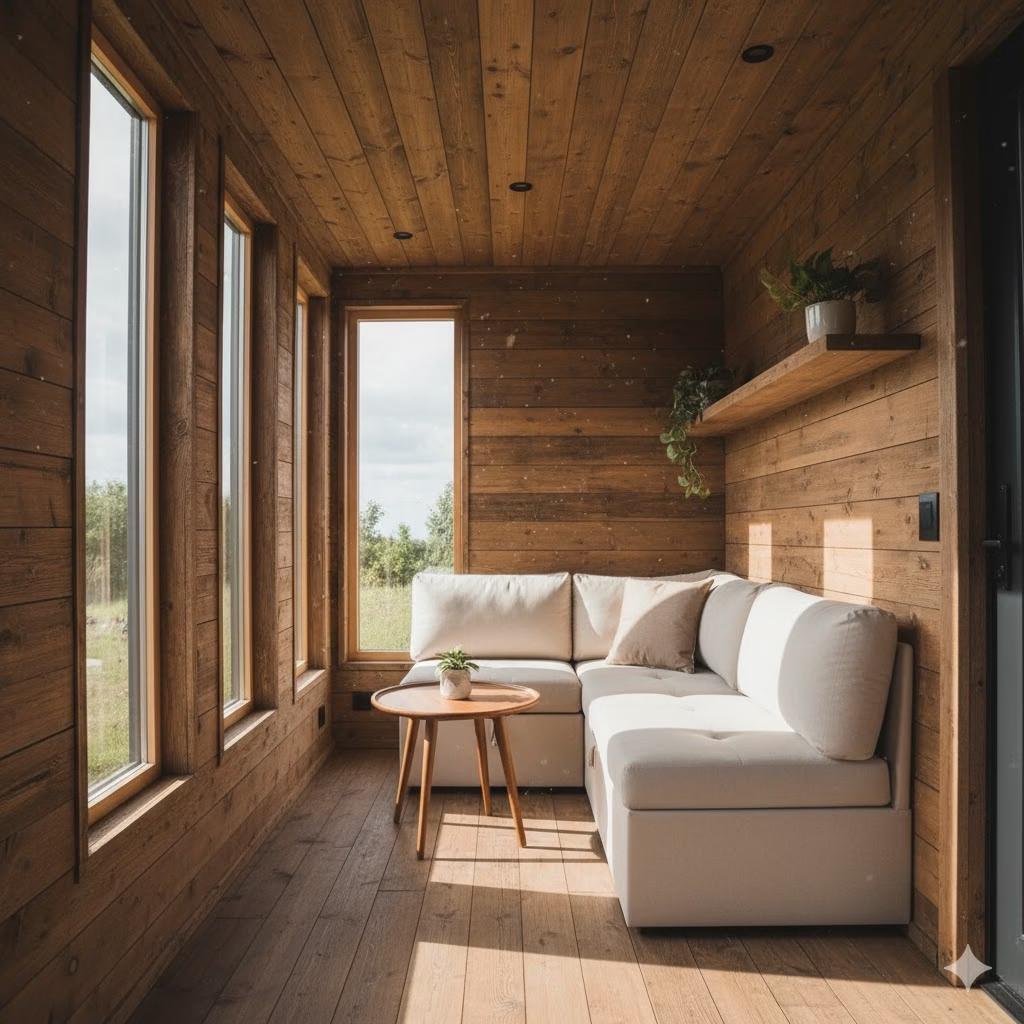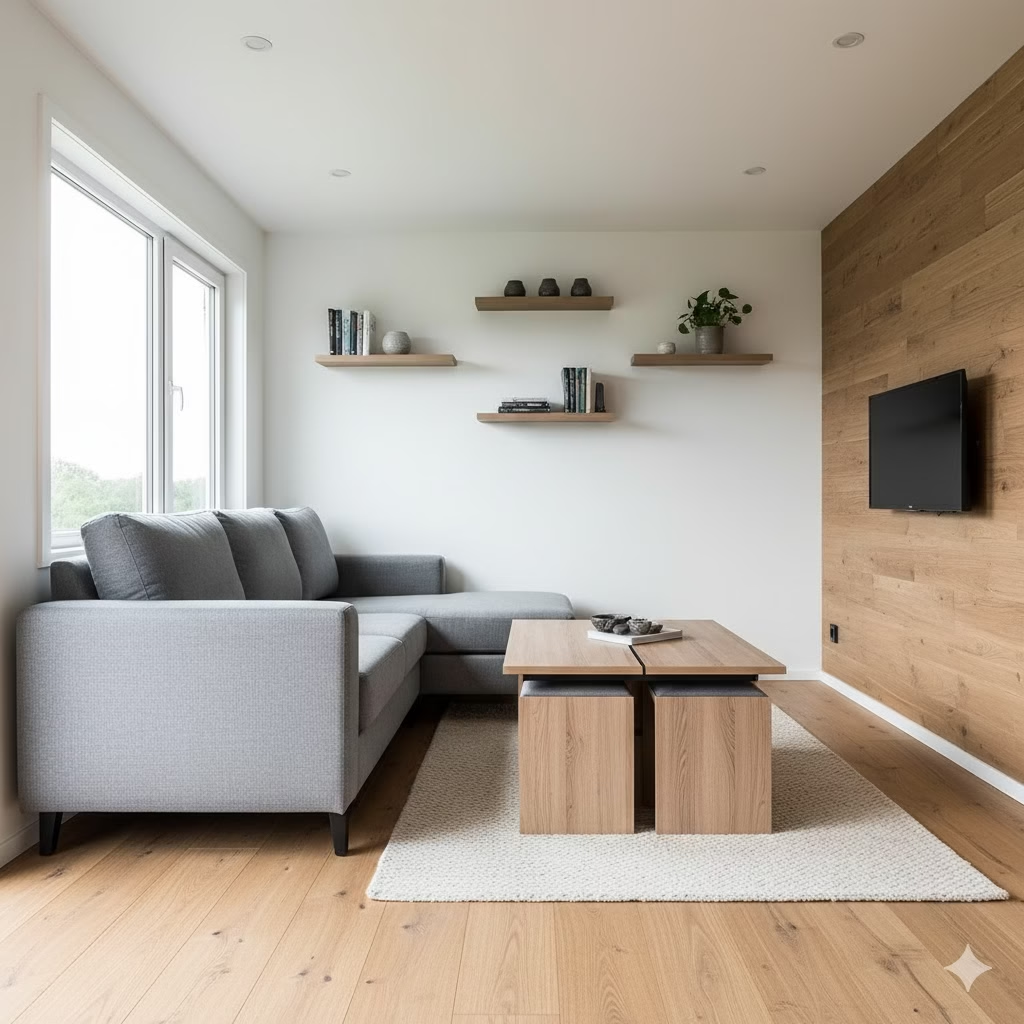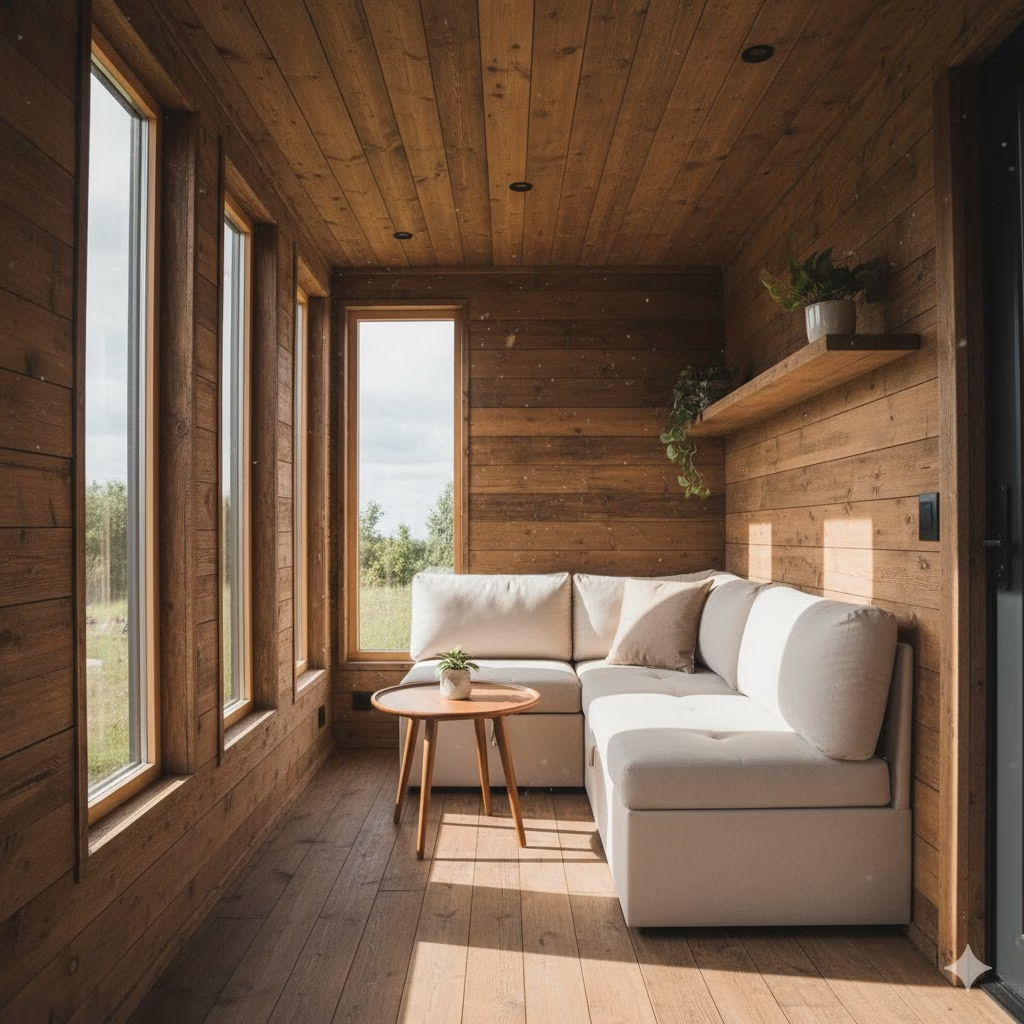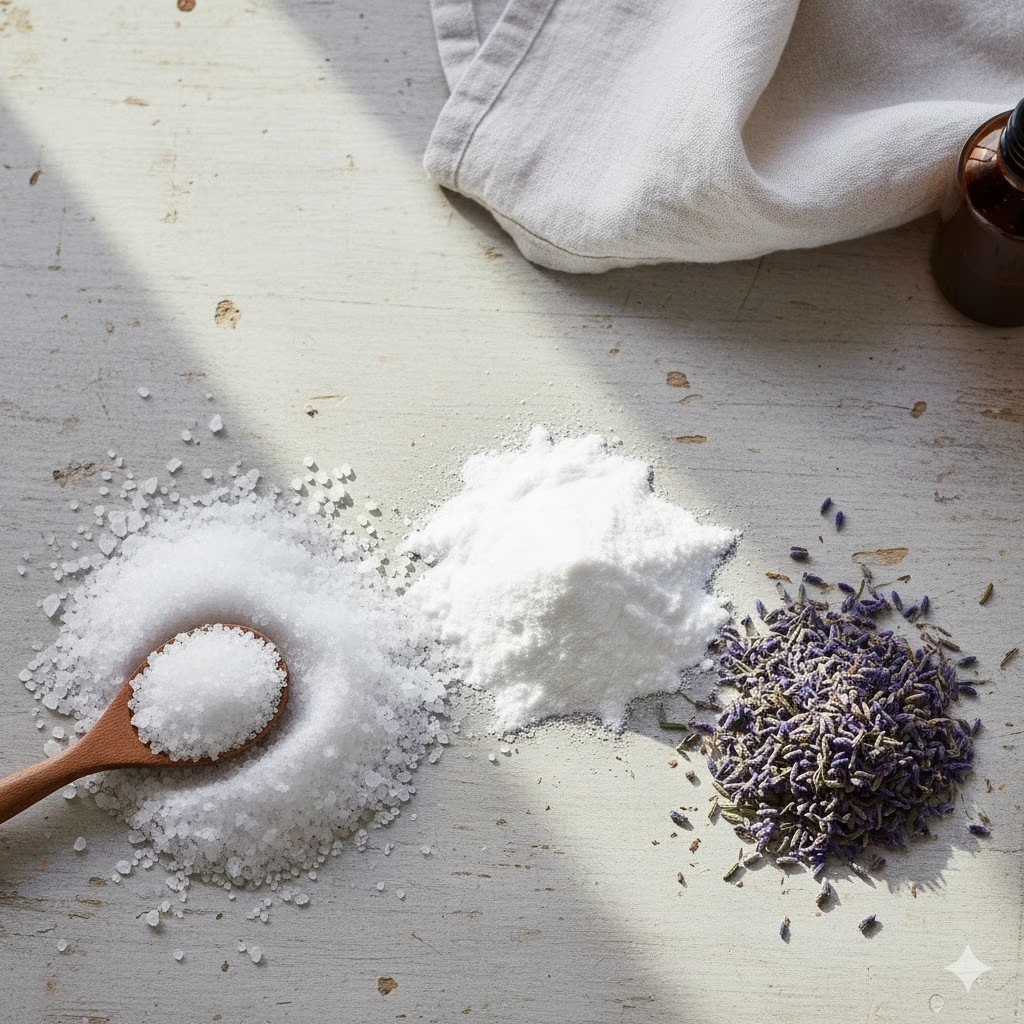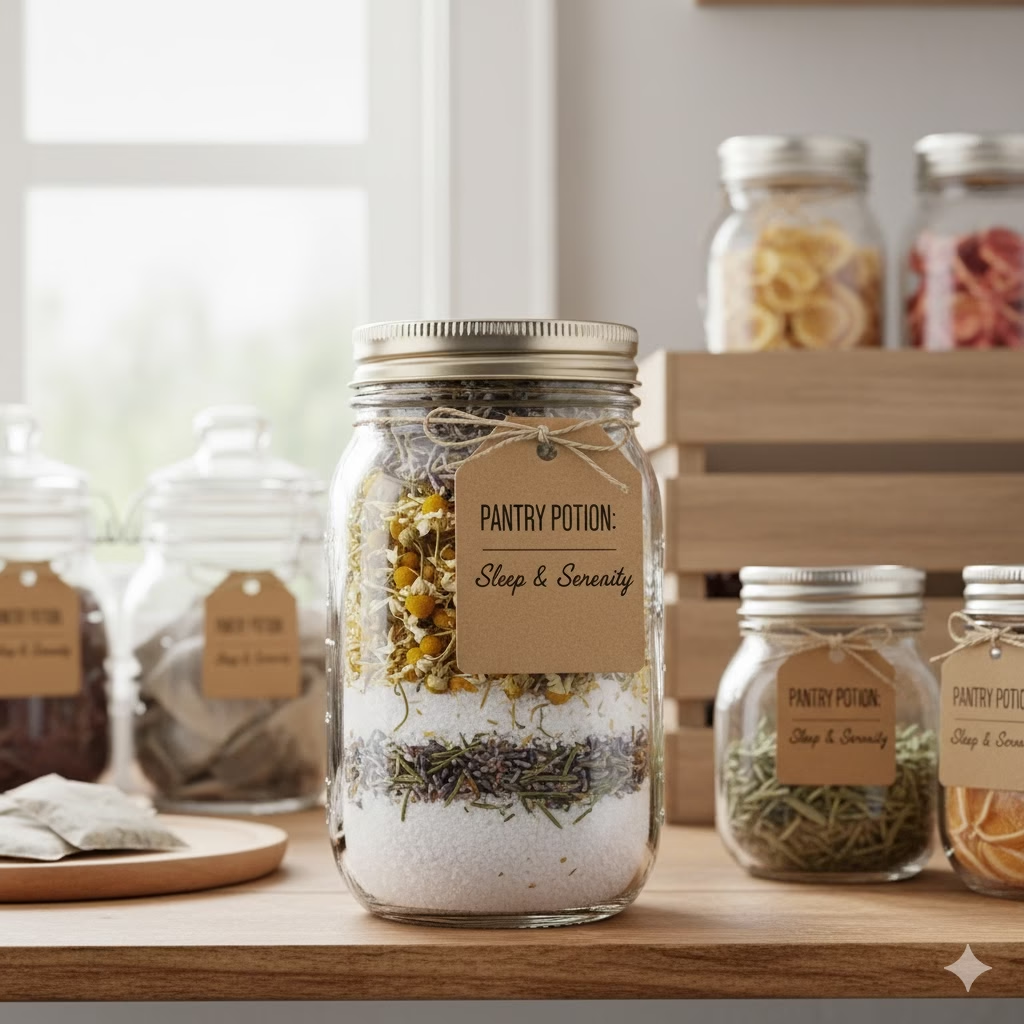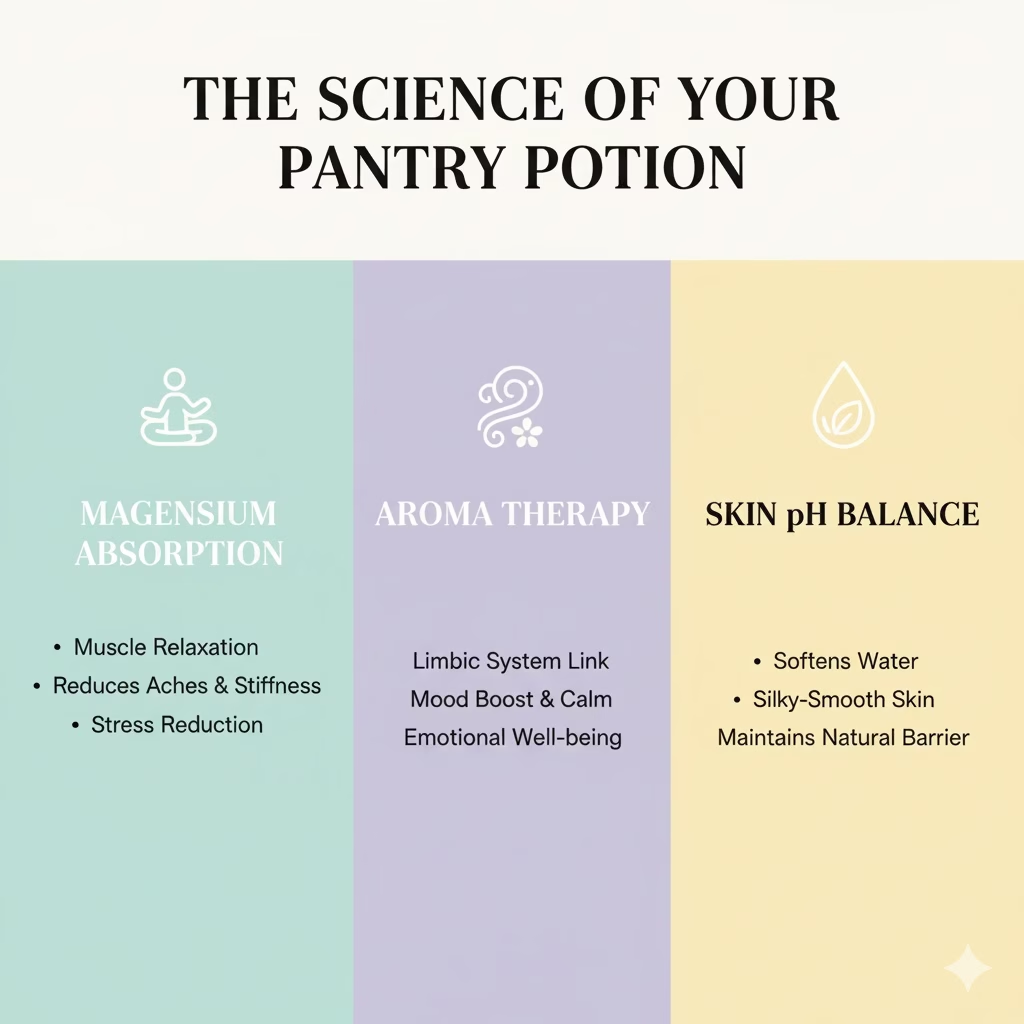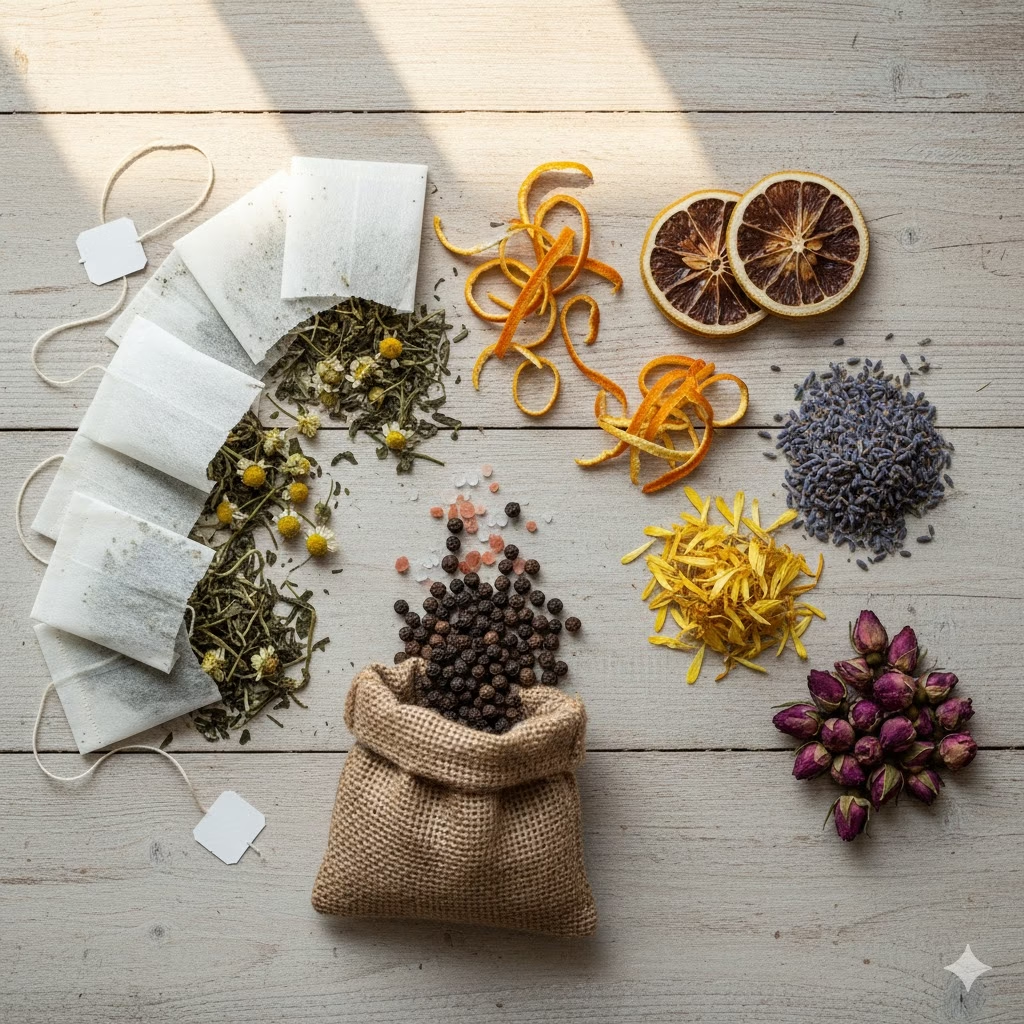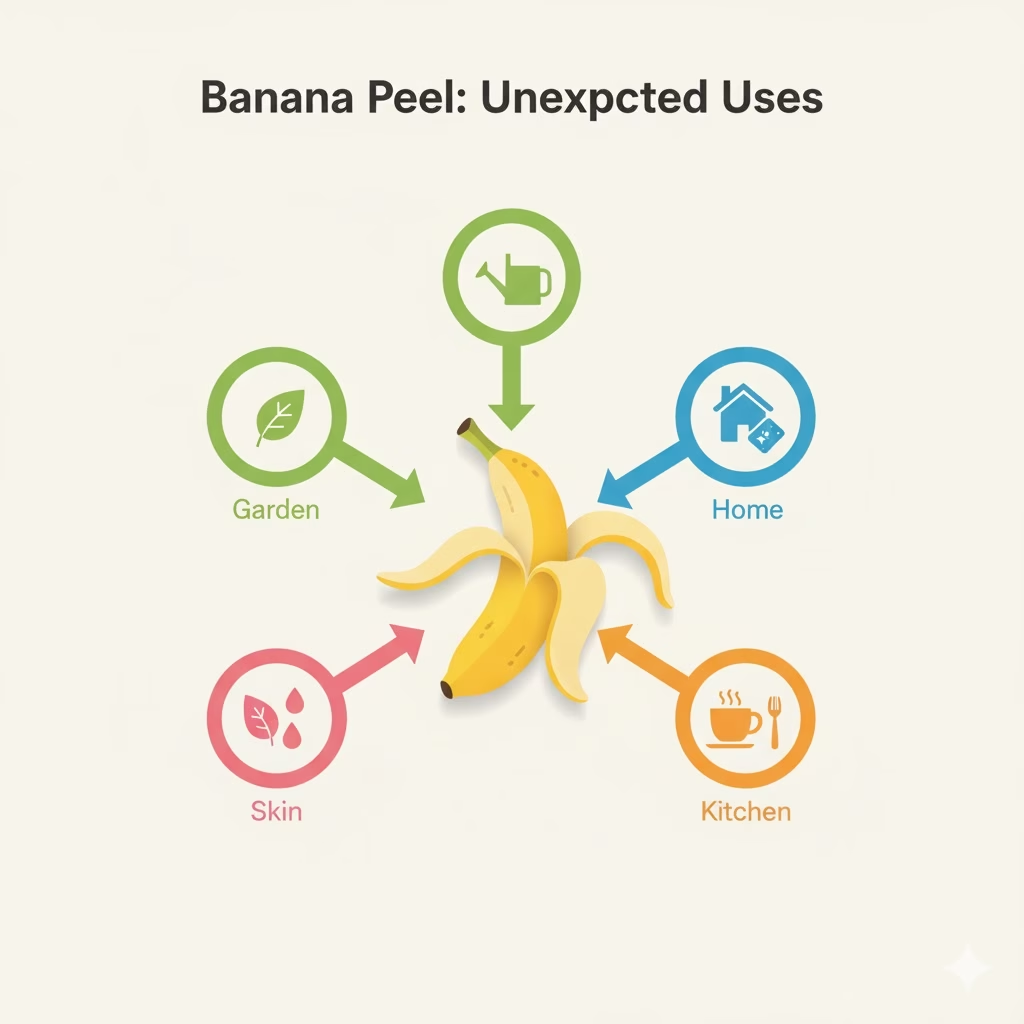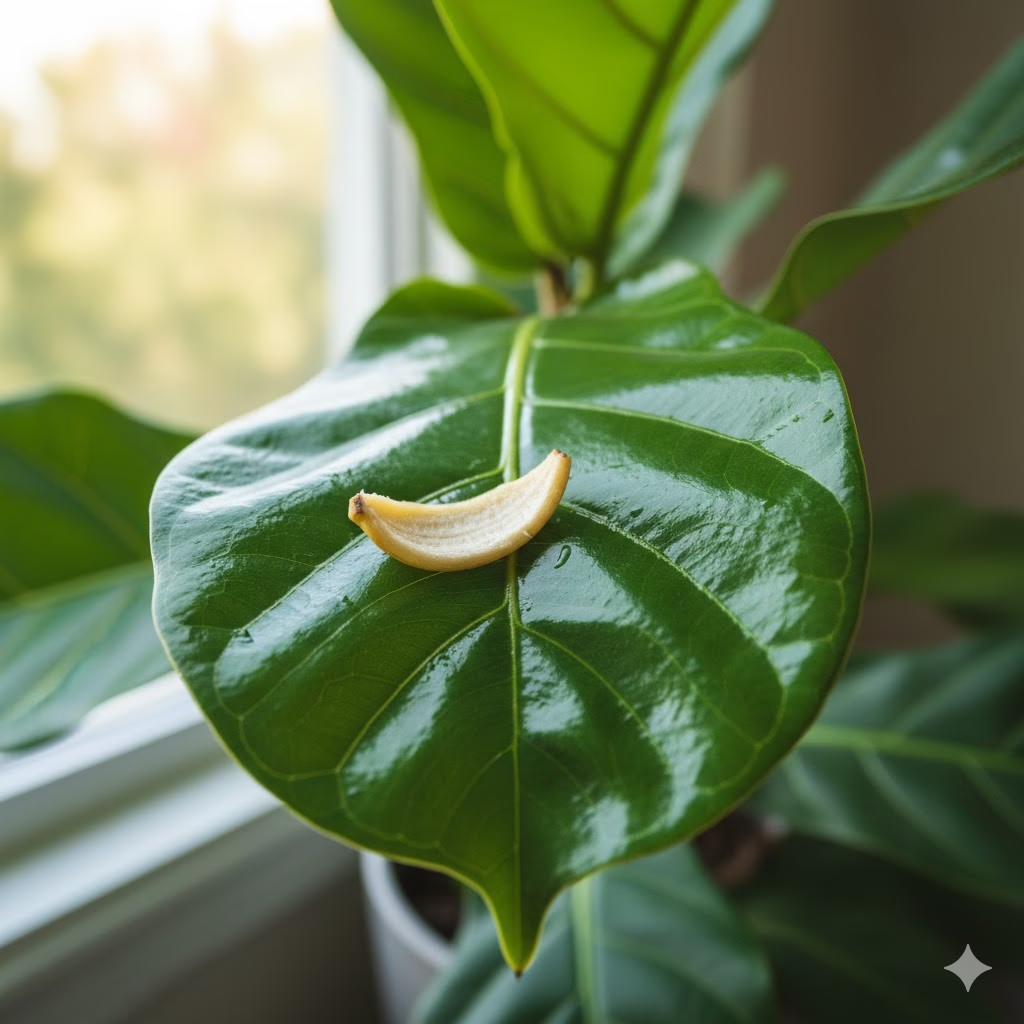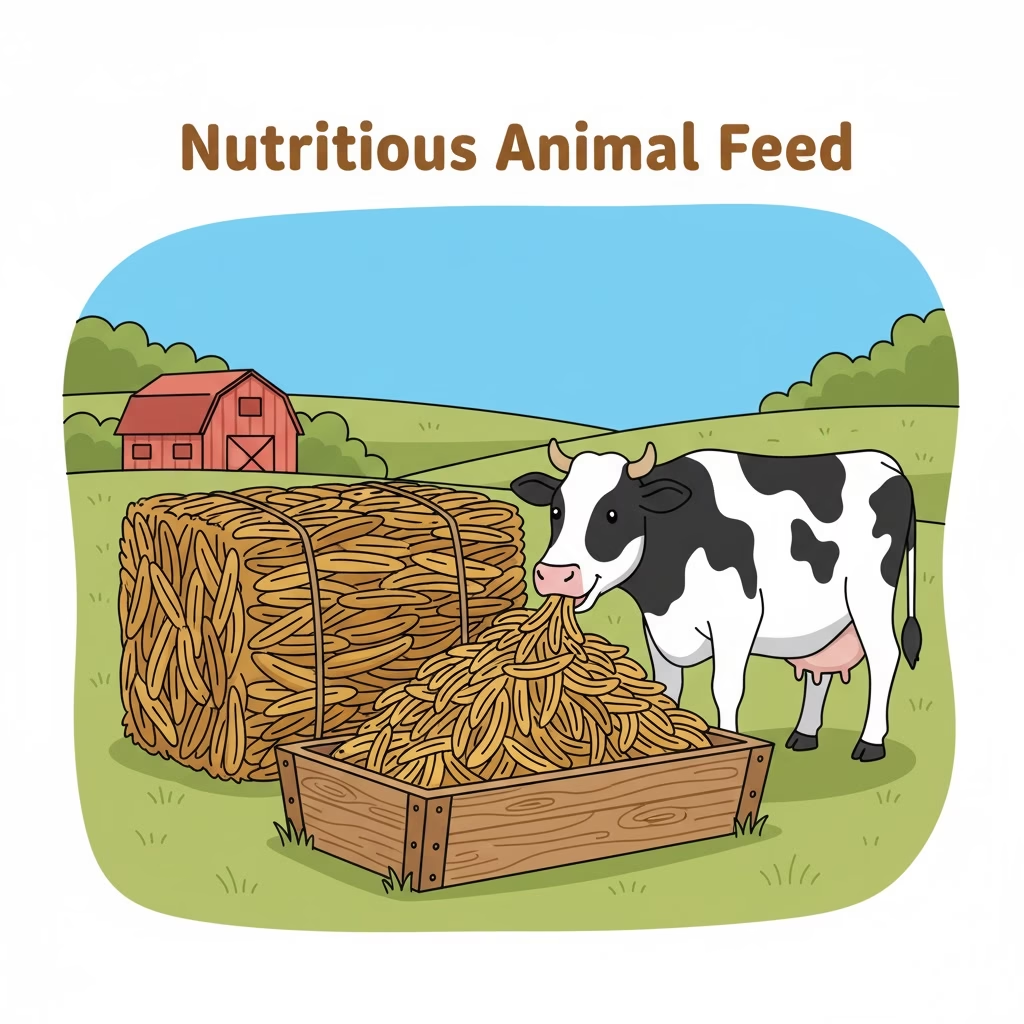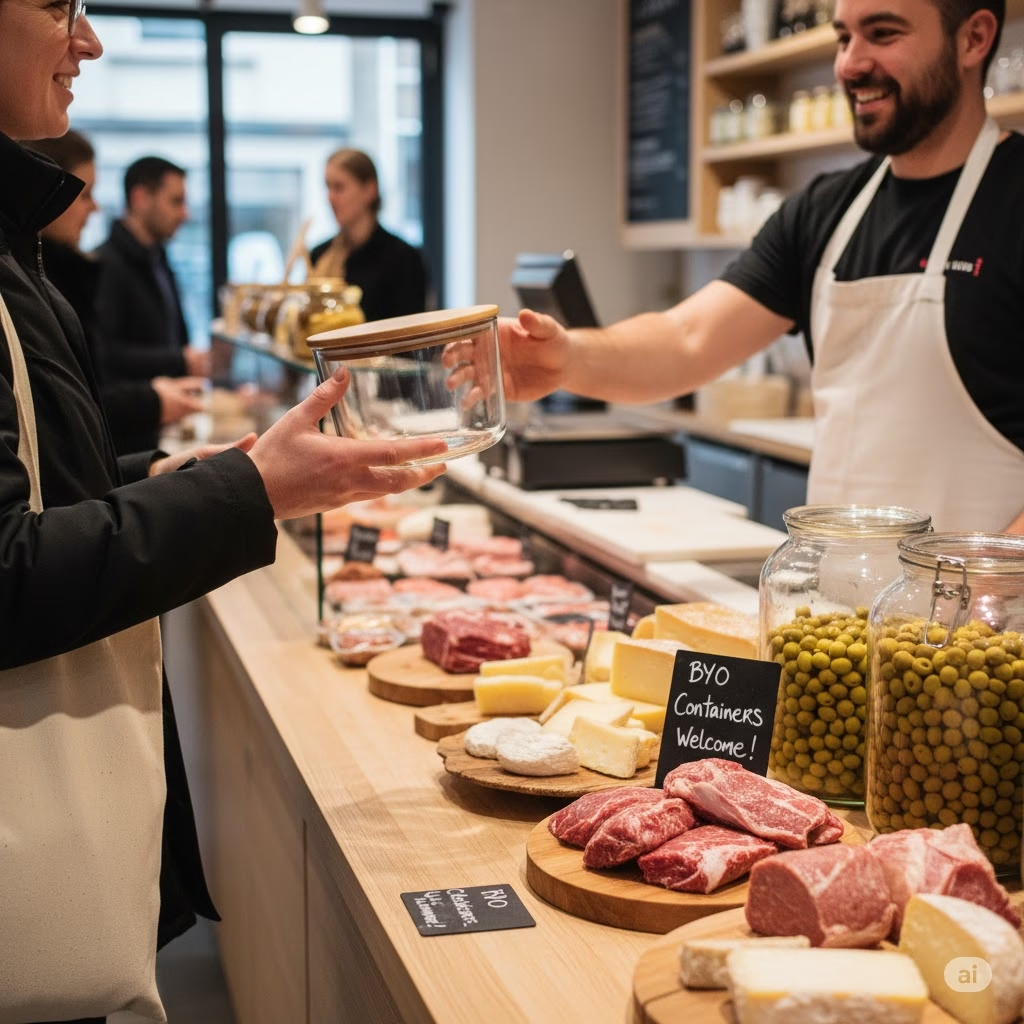
For years, I struggled with the guilt of overflowing bins and the endless cycle of disposable products. But then I discovered the transformative power of Zero Waste living, especially when it comes to shopping, and it completely changed my perspective and my pantry! Join me as I share everything I’ve learned to help you navigate the wonderful world of shopping smarter, not harder.
Zero Waste Shopping Guide
Have you ever looked at your trash can and felt bad? That big pile of plastic, cardboard, and food scraps is a clear sign of how much we buy and use. For many, the idea of “Zero Waste” living can seem too hard. It feels like something only very dedicated environmentalists do. But what if I told you that using Zero Waste ideas, especially when you shop, isn’t just possible? What if it actually makes your life easier, saves you money, and greatly helps the planet?
This journey isn’t about being perfect; it’s about making progress. It’s about making simple choices that match your values and help create a healthier world. In this ultimate guide, we will make Zero Waste shopping easy to understand. We’ll break it down into steps anyone can use in their daily routine. Get ready to change your shopping list, your kitchen, and the effect you have on the world.

The “Why” Behind Zero Waste Shopping: It’s More Than Just a Fad
Before we talk about how to shop this way, let’s quickly look at why Zero Waste shopping matters. It’s more than a short-lived trend—it’s a move toward a better future.
Every year, people create billions of tons of trash. Much of this waste ends up in landfills. There, it can take hundreds of years to break down. During this time, it leaks bad chemicals into our soil and water. Plastic is the worst offender. It pollutes our oceans, hurts animals, and even gets into our food as tiny pieces called microplastics.
Zero Waste shopping fixes these issues. It focuses on the “5 R’s”:
- Refuse: Say “no” to things you don’t need (like free samples or one-time-use plastics).
- Reduce: Buy less, use less, and live with fewer things.
- Reuse: Choose items you can use again instead of throwing them away (like bags, bottles, and jars).
- Recycle: Properly sort and recycle things you cannot refuse, reduce, or reuse.
- Rot (Compost): Turn food scraps and yard waste into good soil.
By picking products with little or no packaging, choosing reusable items, and supporting green businesses, you are doing more than just buying food. You are choosing the kind of world you want to live in.
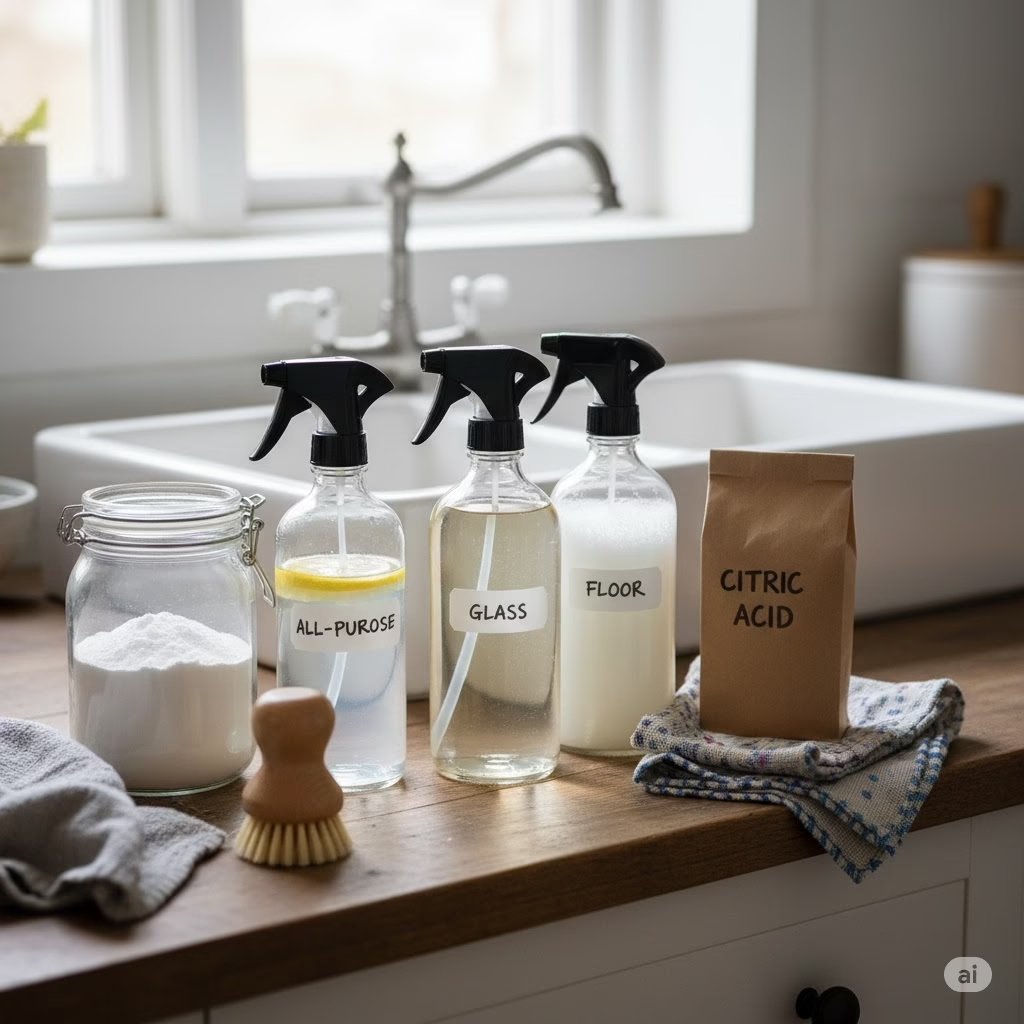
Step 1: Clean Out Your Old Habits (and Your Kitchen!) for Zero Waste
The first step to Zero Waste shopping isn’t buying new stuff. It’s about seeing what you already own and what you truly need.
How to Do It:
- Check Your Trash: For one week, pay attention to what you throw away. What kind of packaging do you see the most? This shows you the biggest source of your waste.
- Clean Your Pantry: Look through your pantry, fridge, and bathroom drawers. What has expired? What do you use rarely? Give away unopened food that hasn’t expired, and plan to use up what you have. This stops food waste and shows you where you buy too much.
- Find Single-Use Items: Make a list of things you use once and throw away. Is it plastic wrap, paper towels, coffee pods, or plastic toothbrushes? These are the first things you will replace with Zero Waste options.

Step 2: Get Your Zero Waste Shopping Kit Ready
You wouldn’t go on a hike without the right gear, and Zero Waste shopping is the same. A few key items will make your store trips easy and cut down on trash.
How to Do It:
- Reusable Shopping Bags: This is the simplest, but most important item. Keep some strong bags in your car, by the front door, or folded in your purse.
- Example: Cotton canvas bags last a long time and you can wash them.
- Produce Bags: Stop using the thin plastic bags for fruits and veggies.
- Example: Mesh or light cotton bags let air flow and let the clerks see the food inside.
- Bulk Bins and Containers: For dry items like grains, nuts, pasta, and even cleaning liquids, you need containers to fill at bulk stores.
- Example: Glass jars (Mason jars work best), light plastic containers you already own, or cloth bulk bags.
- Reusable Water Bottle & Coffee Cup: Stop buying bottled water or takeaway coffee cups.
- Example: Steel bottles and travel coffee mugs that keep drinks hot or cold.
- Cutlery Set & Napkin (Optional): For eating food when you are out.
- Example: A small pouch with a fork, spoon, knife, and a cloth napkin.

Step 3: Learn How to Buy in Bulk
Bulk stores and sections are the main place for Zero Waste shopping. They let you buy only the amount you need, without any extra packaging.
How to Do It:
- Find Your Local Bulk Store: Many normal grocery stores now have bulk bins. Special Zero Waste shops are also opening. Search online for “bulk food stores near me.”
- Weigh Your Containers (Tare): Before filling them, you must weigh your empty containers. This “tare weight” is removed at the checkout so you only pay for the product. Most bulk stores have a scale for this.
- Pro Tip: Write the tare weight right on the container with a marker you can wipe off.
- Fill Them Up: Bring your weighed containers and fill them with what you want.
- Example: Fill a large jar with oats, a small bag with lentils, and a different container with dish soap.
- Label Everything: Write down the product code (PLU) or the name of the item on your container. This makes paying much faster.
- Start Small: Don’t try to buy everything at once. Begin with foods you use all the time, like oats, rice, pasta, nuts, and spices.

Step 4: Choose Produce Without Packaging
Fruits and vegetables are naturally Zero Waste! Yet, we often see them wrapped in plastic or placed on foam trays.
How to Do It:
- Pick Loose Produce: Always choose fruits and vegetables that are not wrapped.
- Use Produce Bags (or Nothing): Instead of plastic bags, put loose produce into your reusable produce bags. For foods with a strong peel, like bananas or oranges, you don’t need any bag at all!
- Shop at Farmers’ Markets: These markets are great for Zero Waste shopping. You can often buy straight from the person who grew the food. Bring your own bags and sometimes even containers for berries or herbs.
- Grow Your Own: To get the best Zero Waste produce, think about growing a small herb garden or a few vegetables at home.

Step 5: Use Reusable Items for Everything
Zero Waste shopping is not just about food. It includes all the products you bring into your house.
How to Do It (Beyond the Food Store):
- Personal Care:
- Solid Bars: Use shampoo bars, conditioner bars, and soap bars instead of liquid products in bottles.
- Bamboo Toothbrushes: These can be composted instead of thrown away like plastic ones.
- Reusable Razors: Razors with replaceable metal blades make much less trash.
- DIY Products: Make your own toothpaste, deodorant, or lotions if you want to try something new.
- Example: Refill an empty bottle with bulk lotion or shampoo at a Zero Waste shop.
- Cleaning Supplies:
- Bulk Refills: Refill your empty cleaner bottles (all-purpose, laundry soap, dish soap) at bulk stores.
- DIY Cleaners: Simple things like vinegar, baking soda, and oils can clean almost anything.
- Reusable Cloths: Use cloth towels or old t-shirts instead of paper towels.
- Example: Buy a strong cleaner tablet that you drop into your own spray bottle with water.
- Items for When You Are Out:
- Always carry your reusable water bottle, coffee cup, and perhaps a small fork and spoon.
- Example: When you order food to go, ask if they can put it in your own clean container (always ask first!).

Image Placement 7: Zero-waste cleaning supplies (refillable bottles, cloths, baking soda, vinegar).
Step 6: Smart Shopping for Meat, Dairy, and Deli Items
While this can be tricky due to rules about food safety, there are ways to cut waste in these areas.
How to Do It:
- Bring Your Own Containers: At the deli or butcher counter, ask nicely if they can put your meat, cheese, or sliced cold cuts right into your clean reusable containers. Some stores will be happy to help. Others may have store rules that say no. Don’t worry if the first place says no; try another!
- Pro Tip: If possible, have your containers weighed empty first (tared), or ask the staff to weigh the empty container before they fill it.
- Buy More at Once: If you have to buy pre-packaged food, choose bigger sizes. This means less plastic for the amount of food you get.
- Choose Other Options: Look for plant-based options for milk (oat milk, almond milk often come in cartons that are easier to recycle than plastic jugs) and meat. Many Zero Waste shops also sell vegan cheese and other items in bulk.
- Milk in Glass Jars: Some companies sell milk in glass bottles that you can return to the store for a small refund.

Step 7: Food Waste: The Quiet Part of Zero Waste
Even when we try our best, some food waste happens. The “Rot” part of the 5 R’s is very important here.
How to Do It:
- Compost Your Scraps:
- At Home: Start a compost pile in your yard or a worm bin for fruit and veggie scraps, coffee grounds, and plants.
- Community: Check if your city picks up compost or if there are local drop-off spots.
- Example: Many coffee shops collect old coffee grounds to use for composting.
- Plan Your Meals: Plan what you will cook so you use up ingredients and prevent food from going bad. This also saves you money!
- Store Food Well: Learn how to store food to make it last longer (like putting herbs in water or wrapping leafy greens in a damp cloth).
- Use Leftovers: Get creative! Turn old roasted vegetables into an egg dish or mix small amounts of leftovers into a soup.

Step 8: Beyond the Store – Expanding Your Zero Waste Mindset
Zero Waste shopping is a great place to start, but this way of thinking can be used in all parts of your life.
How to Do It:
- Fix It, Don’t Replace It: Before buying something new, see if the old one can be fixed. Learn simple repair skills or find a local repair shop.
- Borrow or Rent: For tools or things you use only once in a while, ask a friend to borrow theirs or rent from a local “library of things.”
- Buy Used Items: Thrift stores, consignment shops, and online sites have many great clothes, furniture, and books. This gives items a second life and means less need to make new things.
- Think Simply: Look at your belongings often. Do you really need it? Does it make you happy? Less clutter usually means less waste later.

Your Zero Waste Journey Starts Now
Starting your Zero Waste journey, especially with how you shop, is a very strong step. It’s a chance to feel closer to your food, help good businesses, and greatly lower the amount of trash you create. Remember, don’t try to be perfect. Just try to make better choices all the time. Every bag you don’t take, every jar you refill, and every food scrap you compost makes a real difference.
Start small, feel proud of your successes, and try new things. This ultimate guide to Zero Waste shopping is not a strict rulebook. It is a flexible map to a better, more helpful, and less wasteful life. Happy shopping!
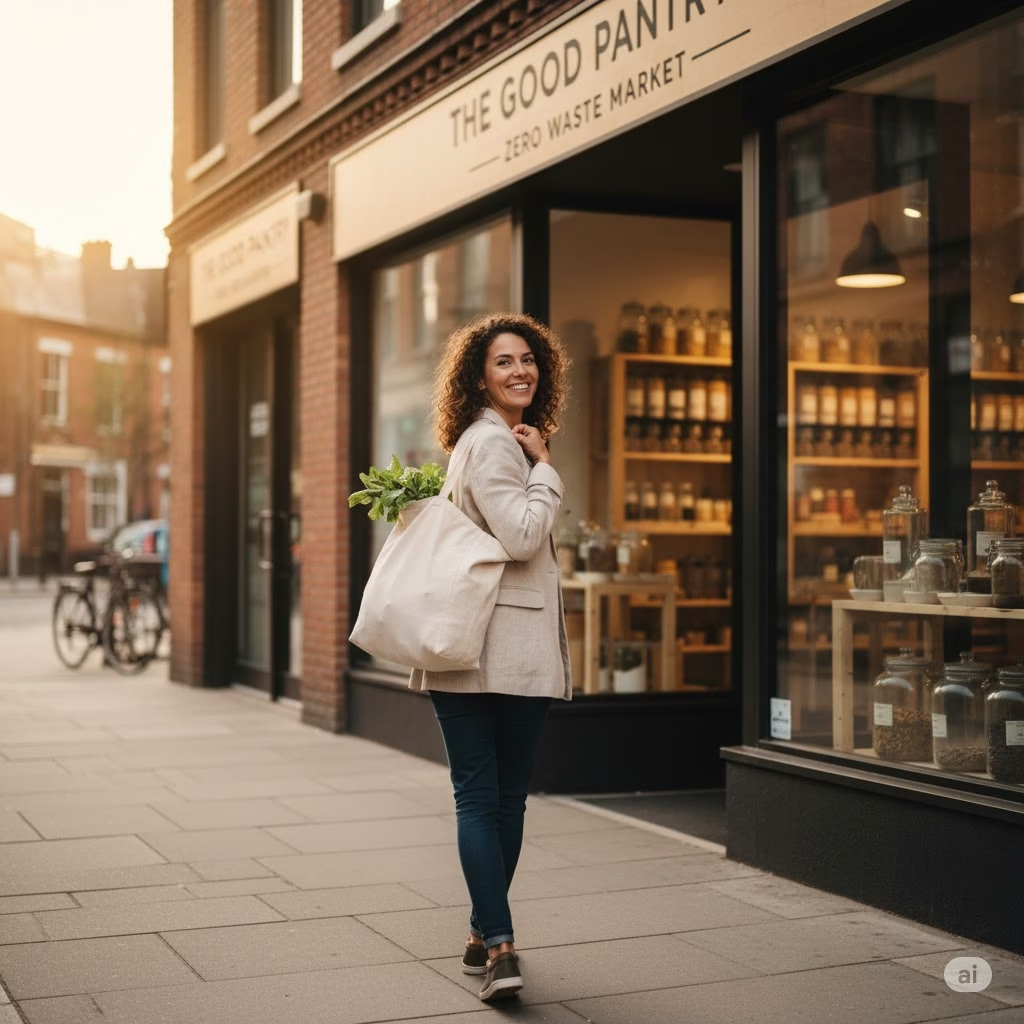
Frequently Asked Questions (FAQ) About Zero Waste Shopping
Q1: Is Zero Waste shopping more expensive?
A: Not really! You need to buy reusable items (jars, bags) first, which costs money. But buying in bulk often saves you a lot of money later because you do not pay for all the packaging. Also, you buy only what you need, so you throw away less food, which also saves cash.
Q2: What if I don’t have a Zero Waste shop near me?
A: That’s fine! Many regular stores now have bulk sections for grains, nuts, and spices. You can also focus on getting food without packaging, choosing items in glass or cardboard, and asking your local deli if they will take your containers. Farmers’ markets are also great for low-waste buying.
Q3: How do I keep food fresh after buying it in bulk?
A: Containers that seal tightly are your best friend! Glass jars (like Mason jars) are perfect because they are strong, clear, and easy to clean. You can also reuse plastic containers you already own. Keep food in a cool, dry place to make it last.
Q4: Is it safe to bring my own containers to stores?
A: Yes, as long as your containers are very clean! Most stores that allow you to bring your own containers have clear rules for safety. Always make sure your containers are spotless. The store usually has a system (like weighing them empty) to make sure only the product is weighed and handled properly.
Q5: What are the easiest things to start with for Zero Waste shopping?
A: Start with the simple things!
- Always bring reusable shopping bags.
- Carry a reusable water bottle and coffee cup.
- Choose loose produce instead of pre-packaged items.
- Try buying one or two bulk foods like oats or rice.The key is to keep doing it, so start with what you can handle easily!
References
- Zerowastehome – Zero Waste Home
- EPA – Facts and Figures about Materials, Waste and Recycling
- Plastic Pollution Coalition – Plastic Pollution Facts
Recent Posts
